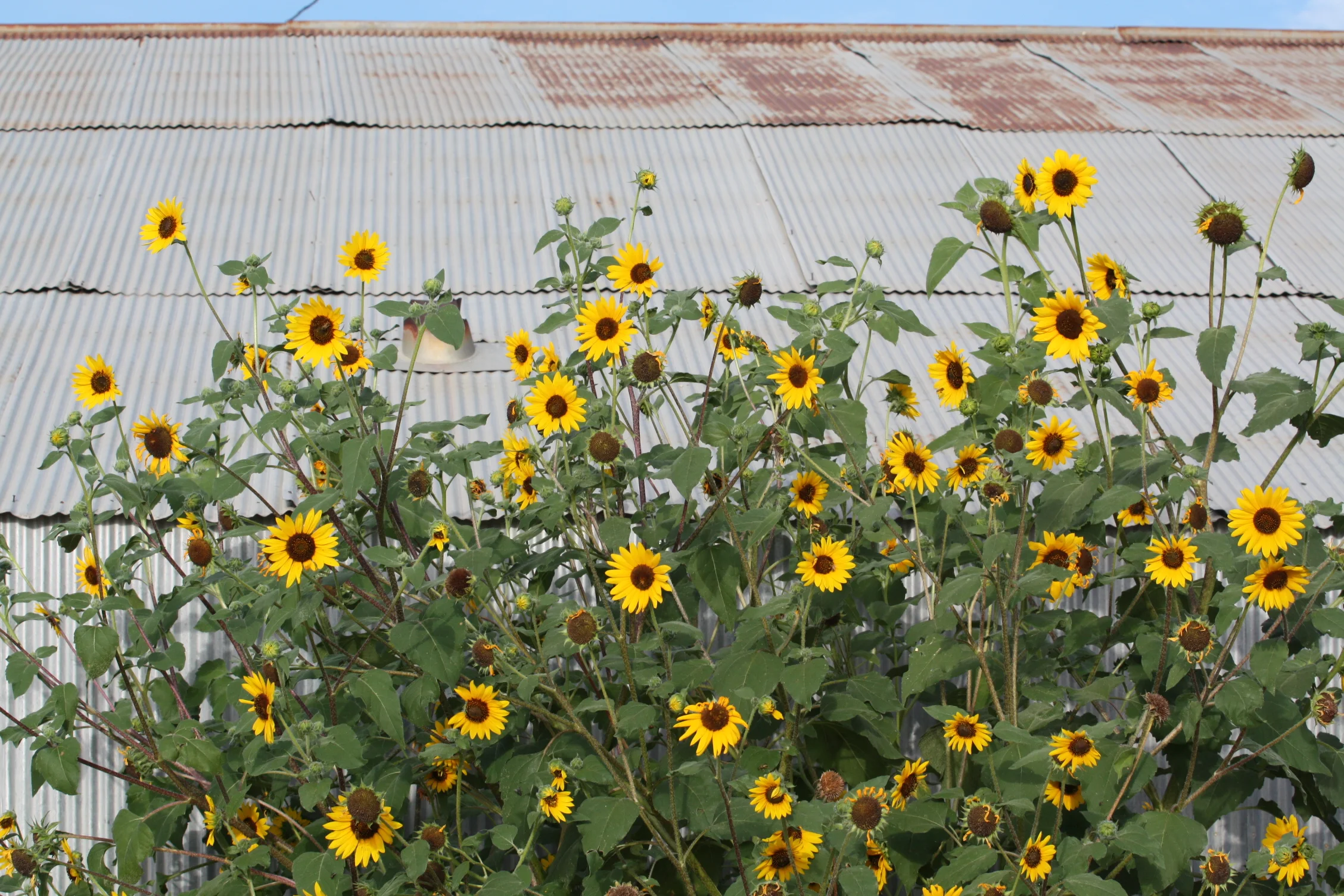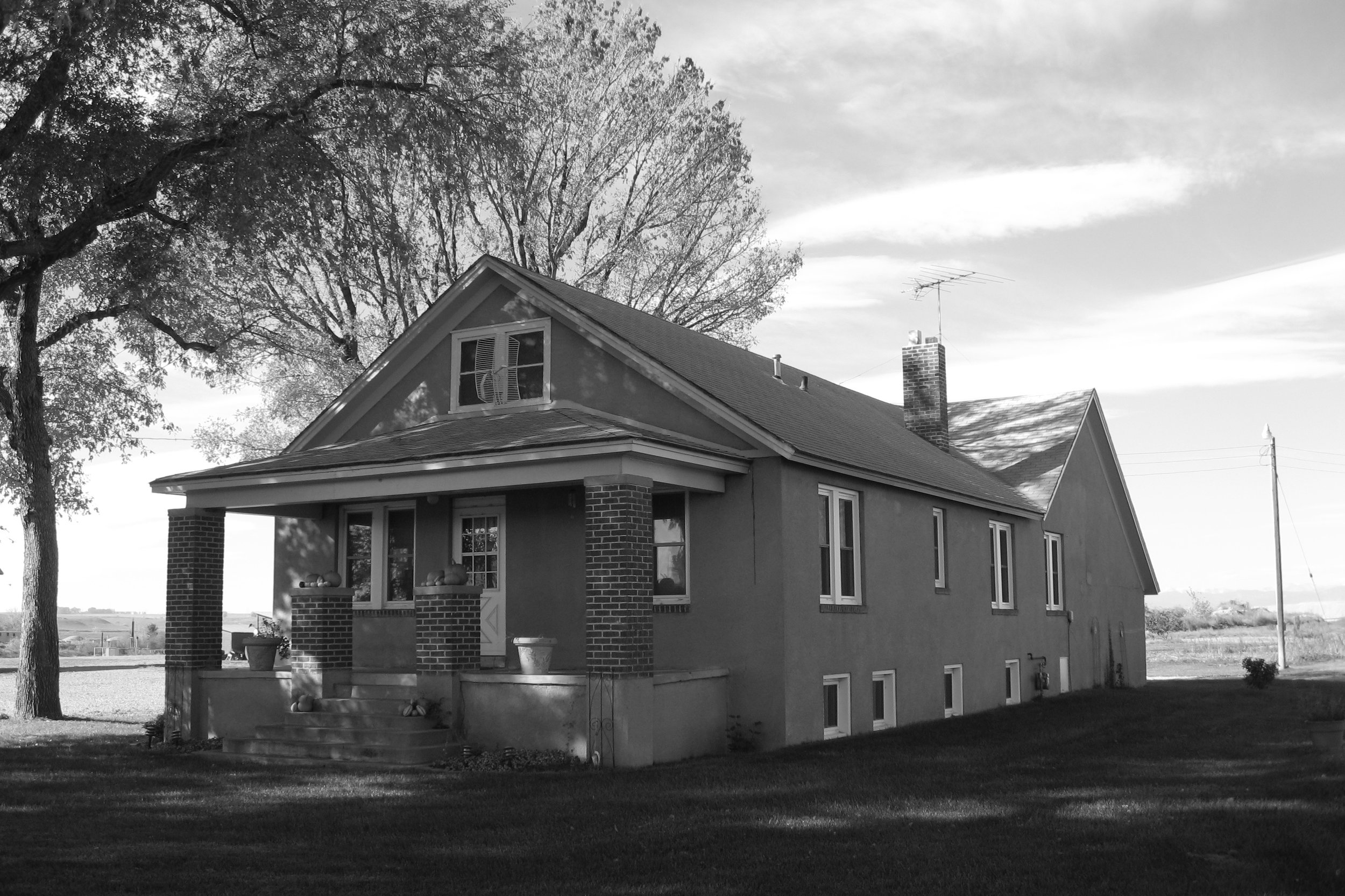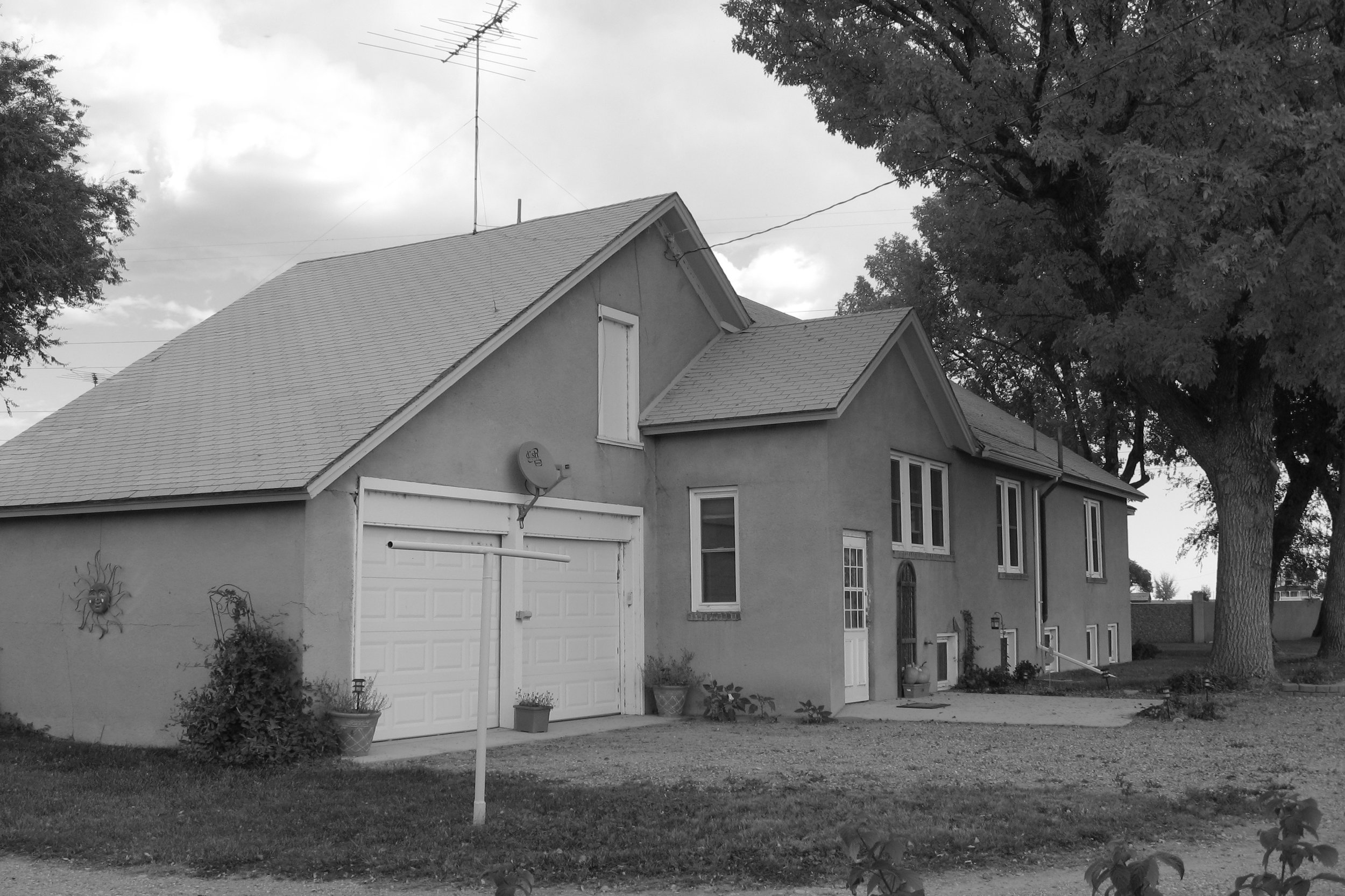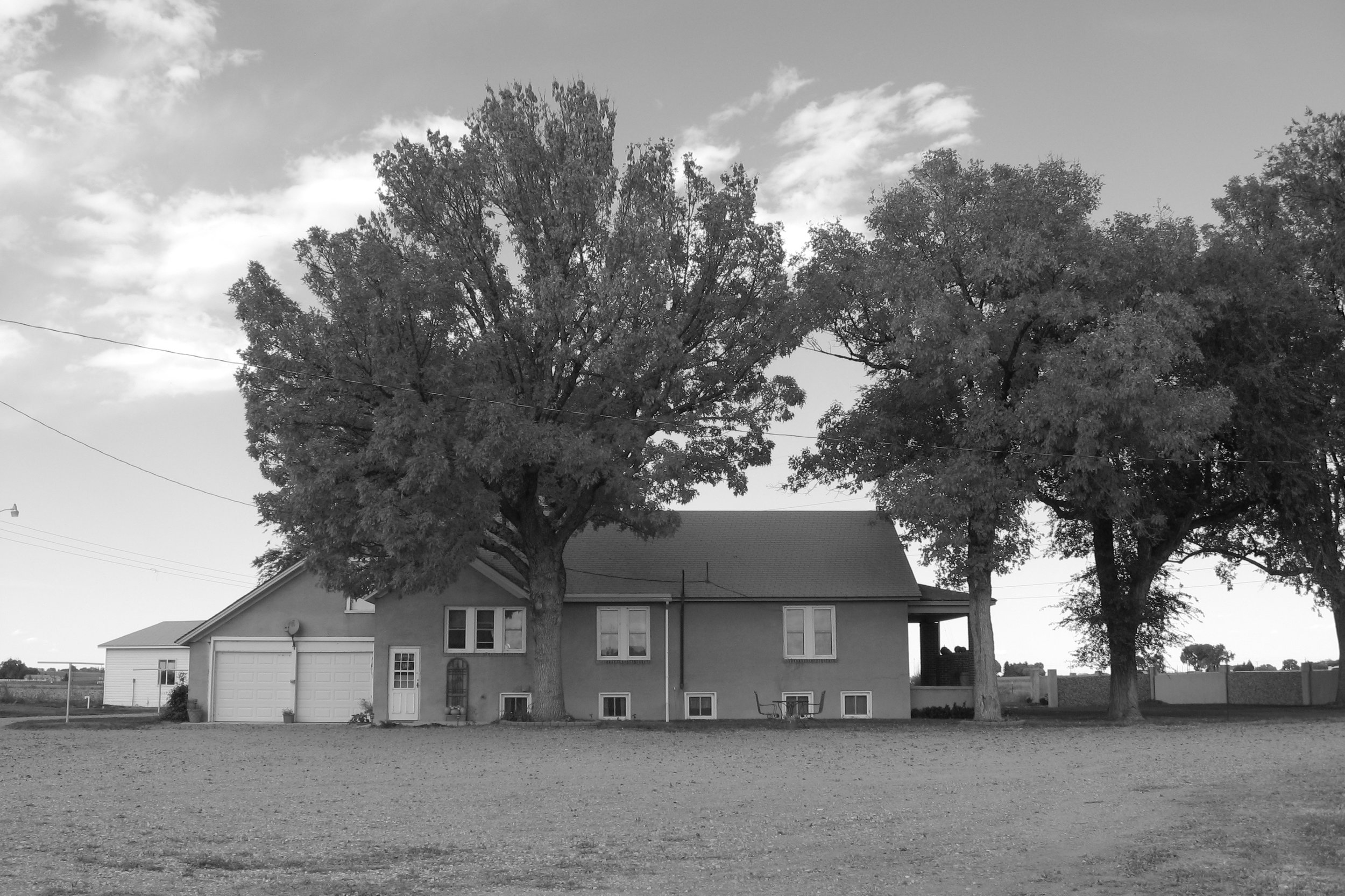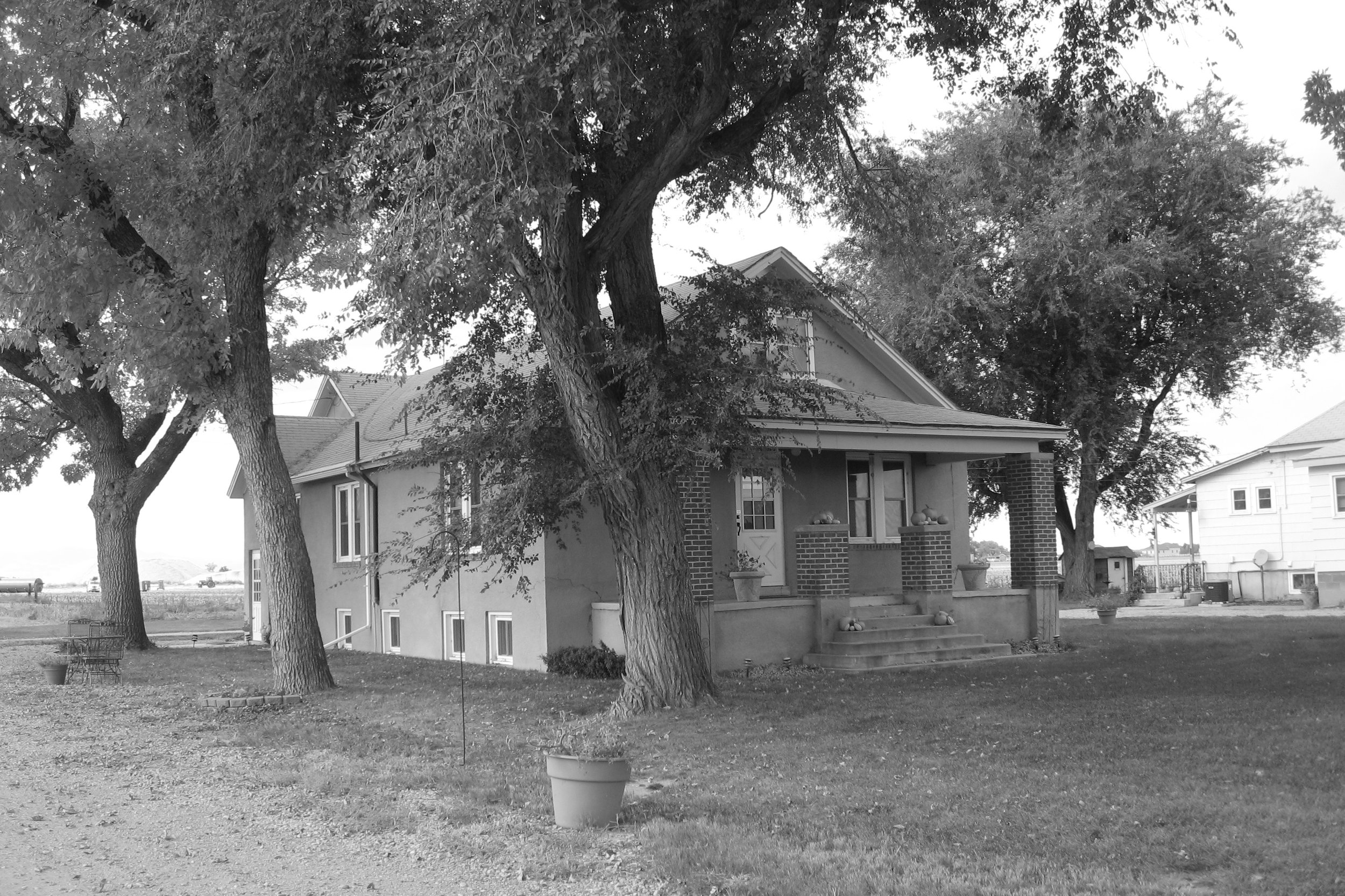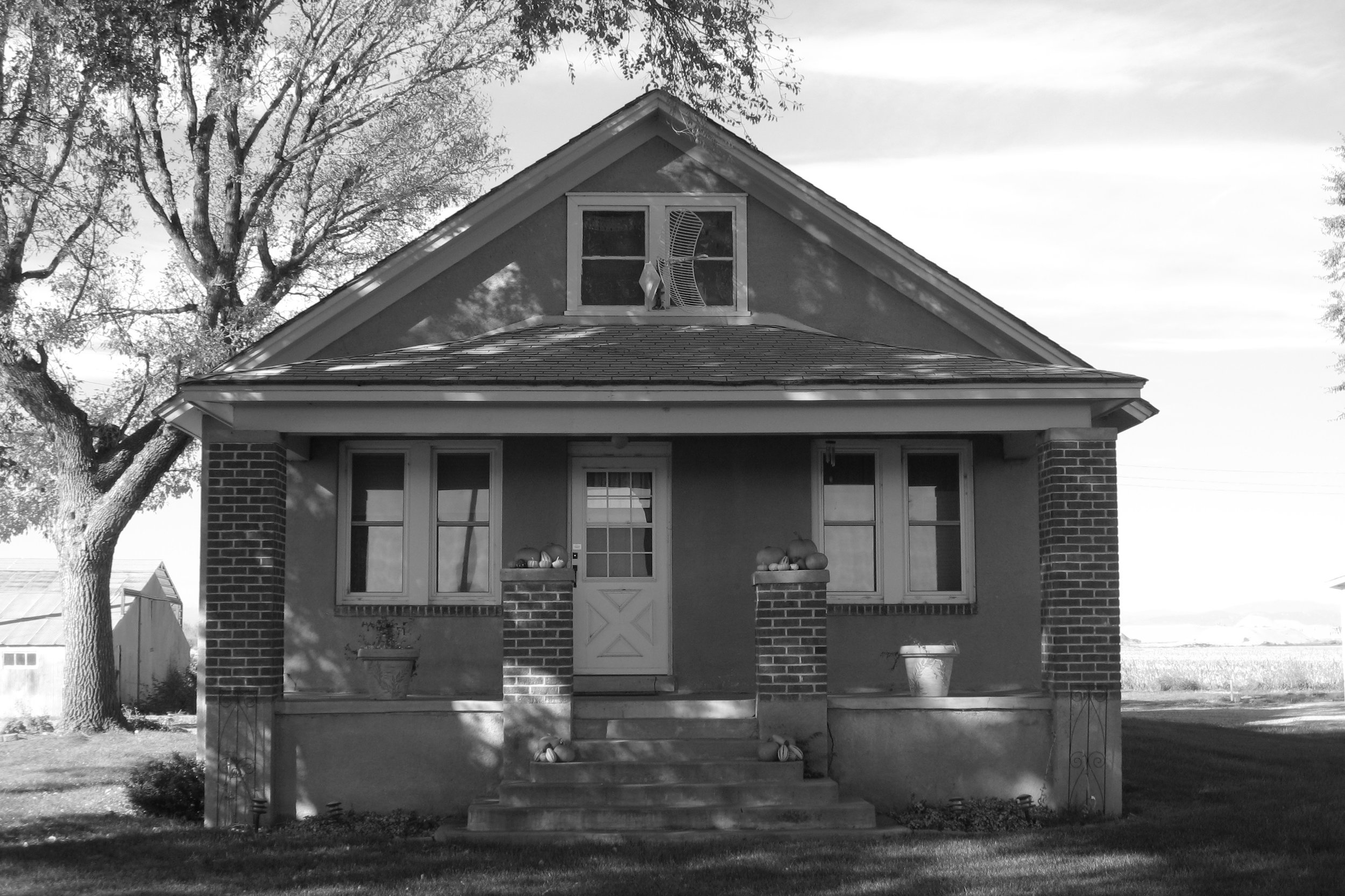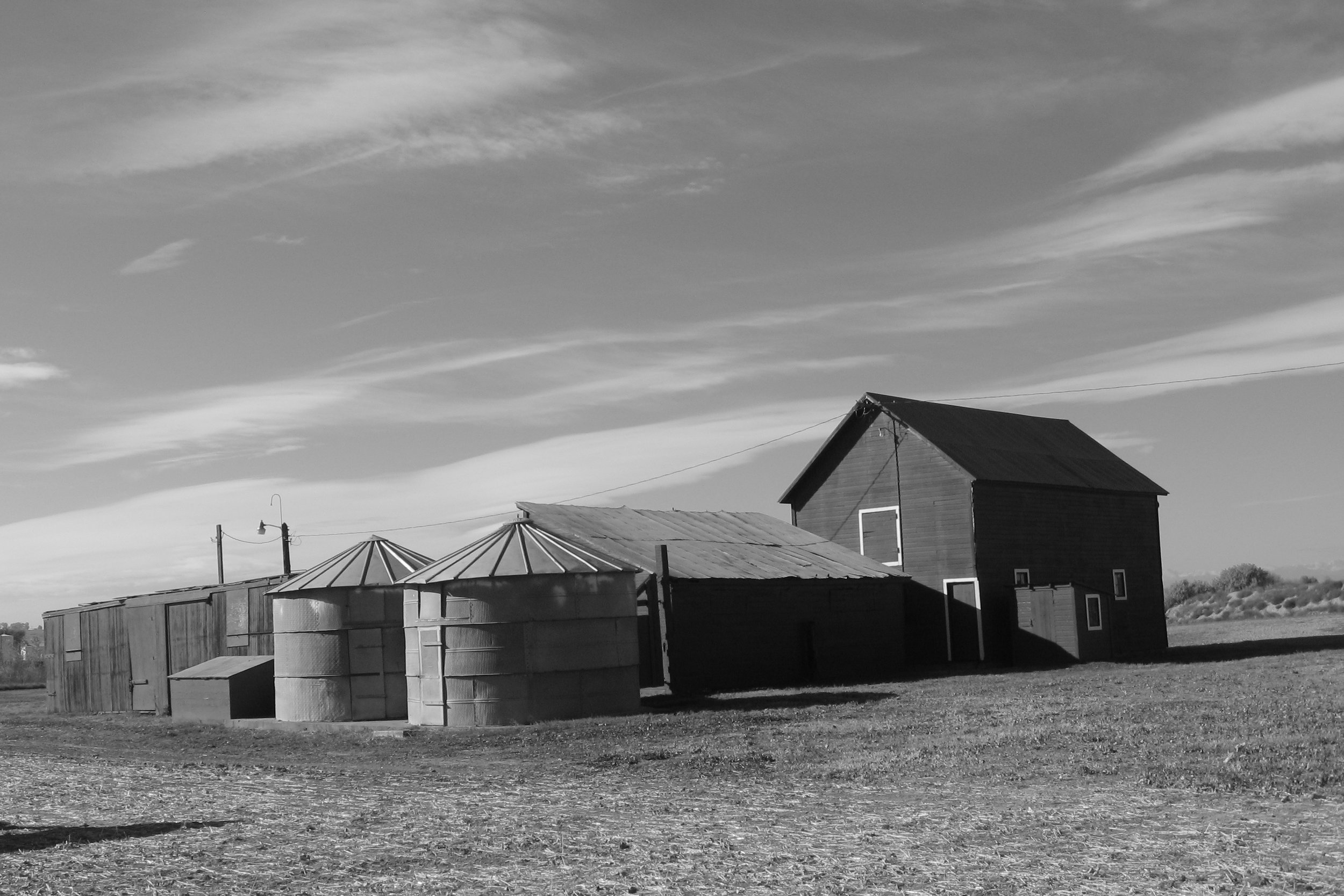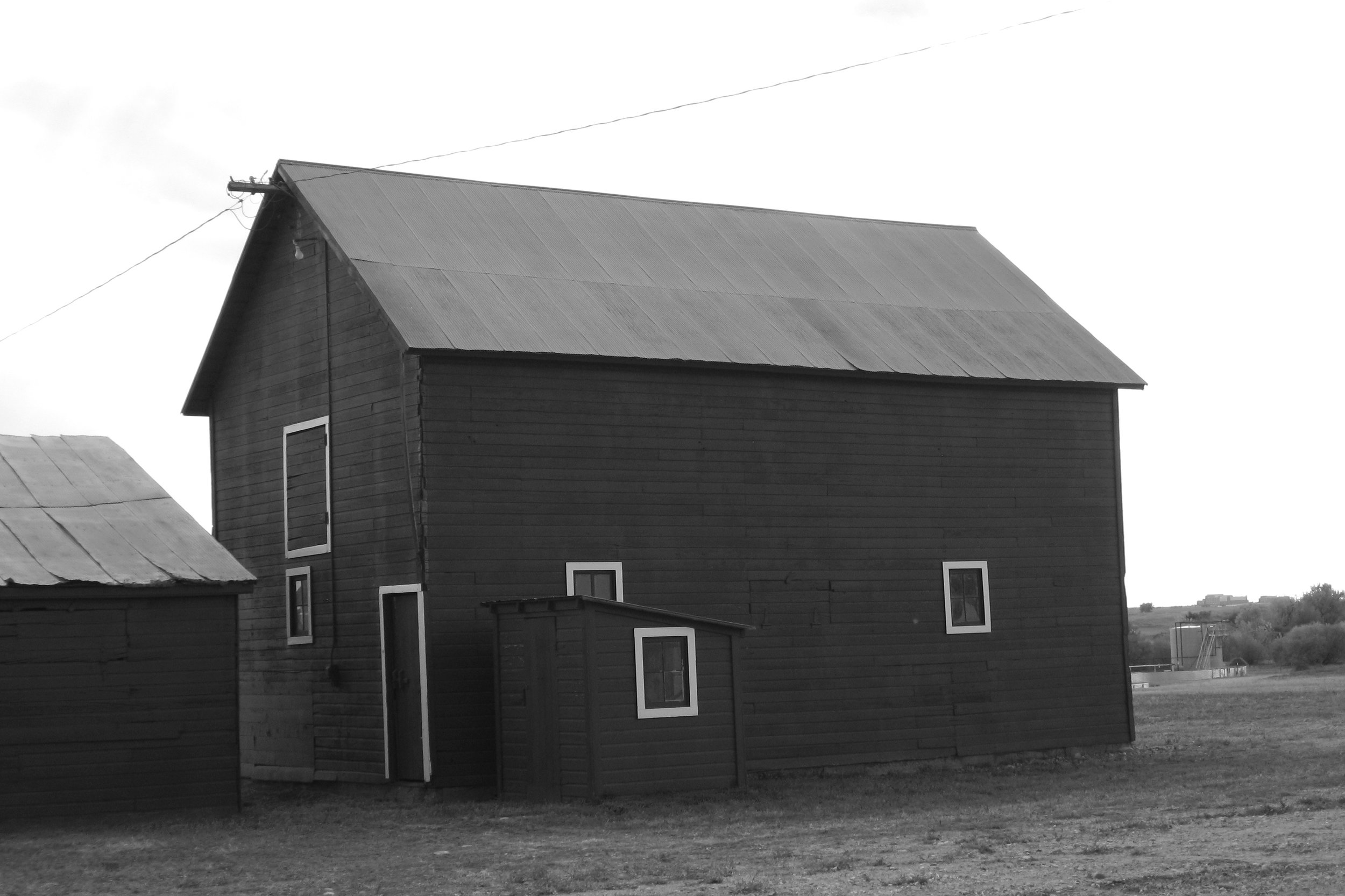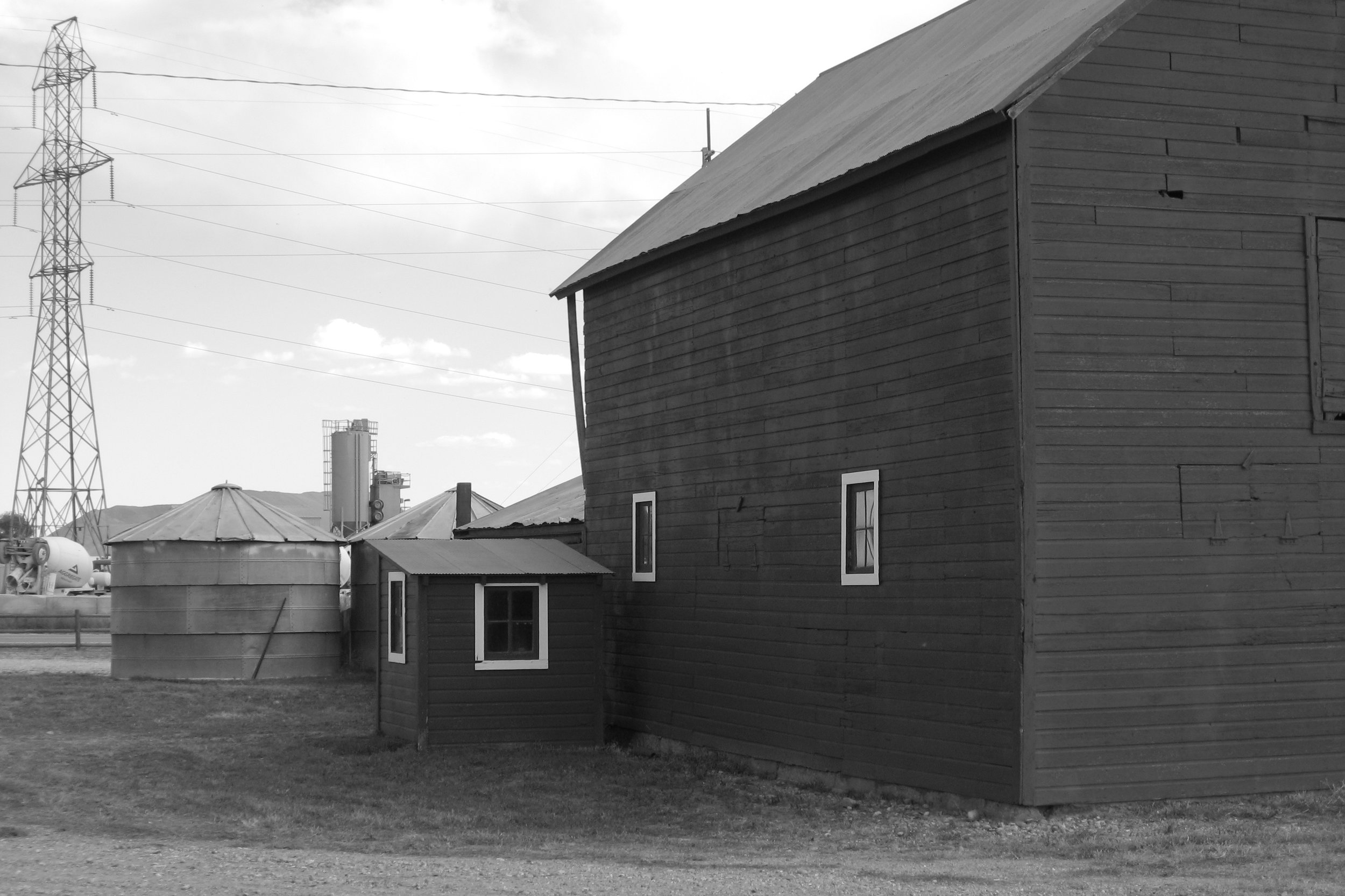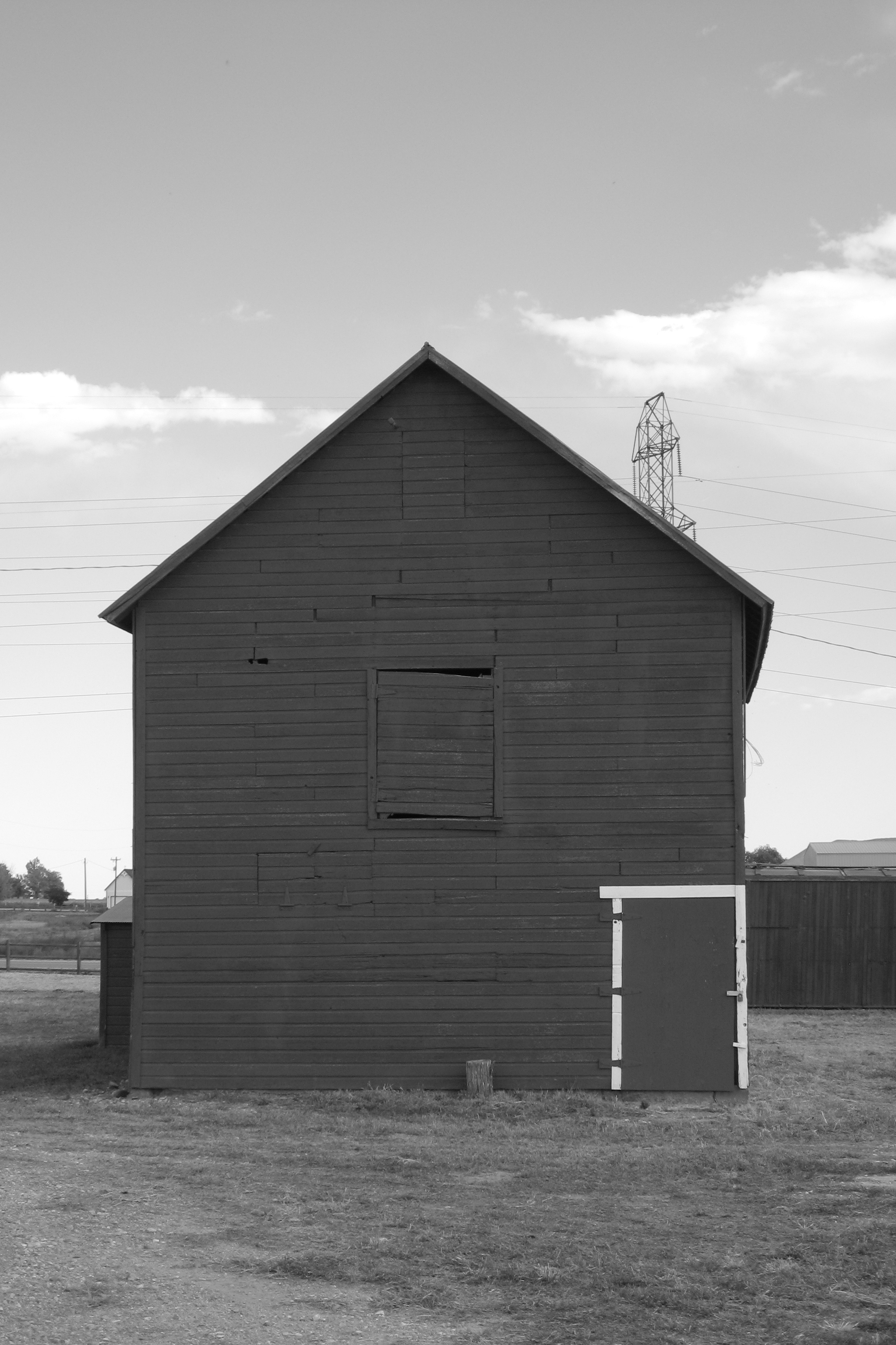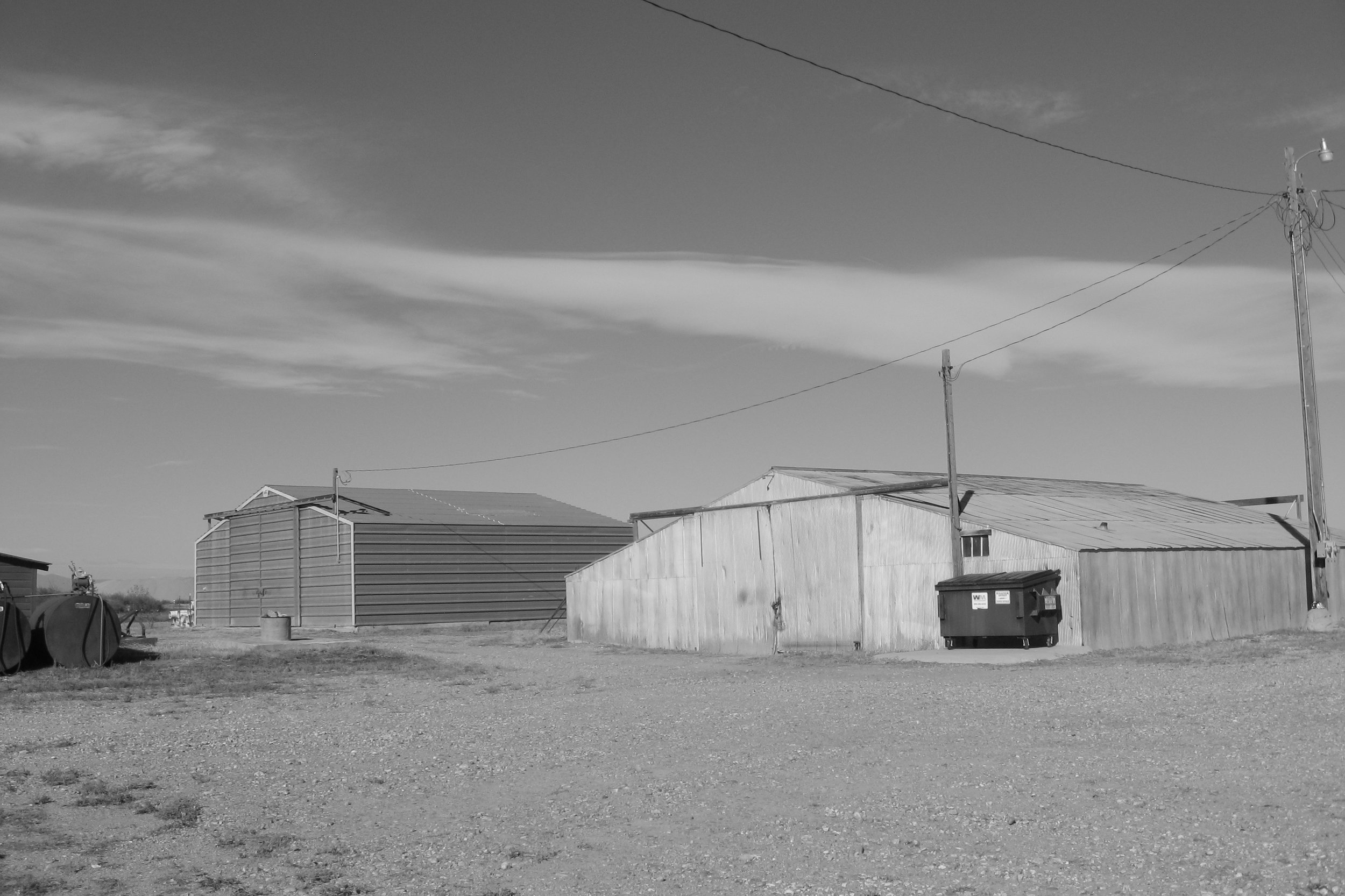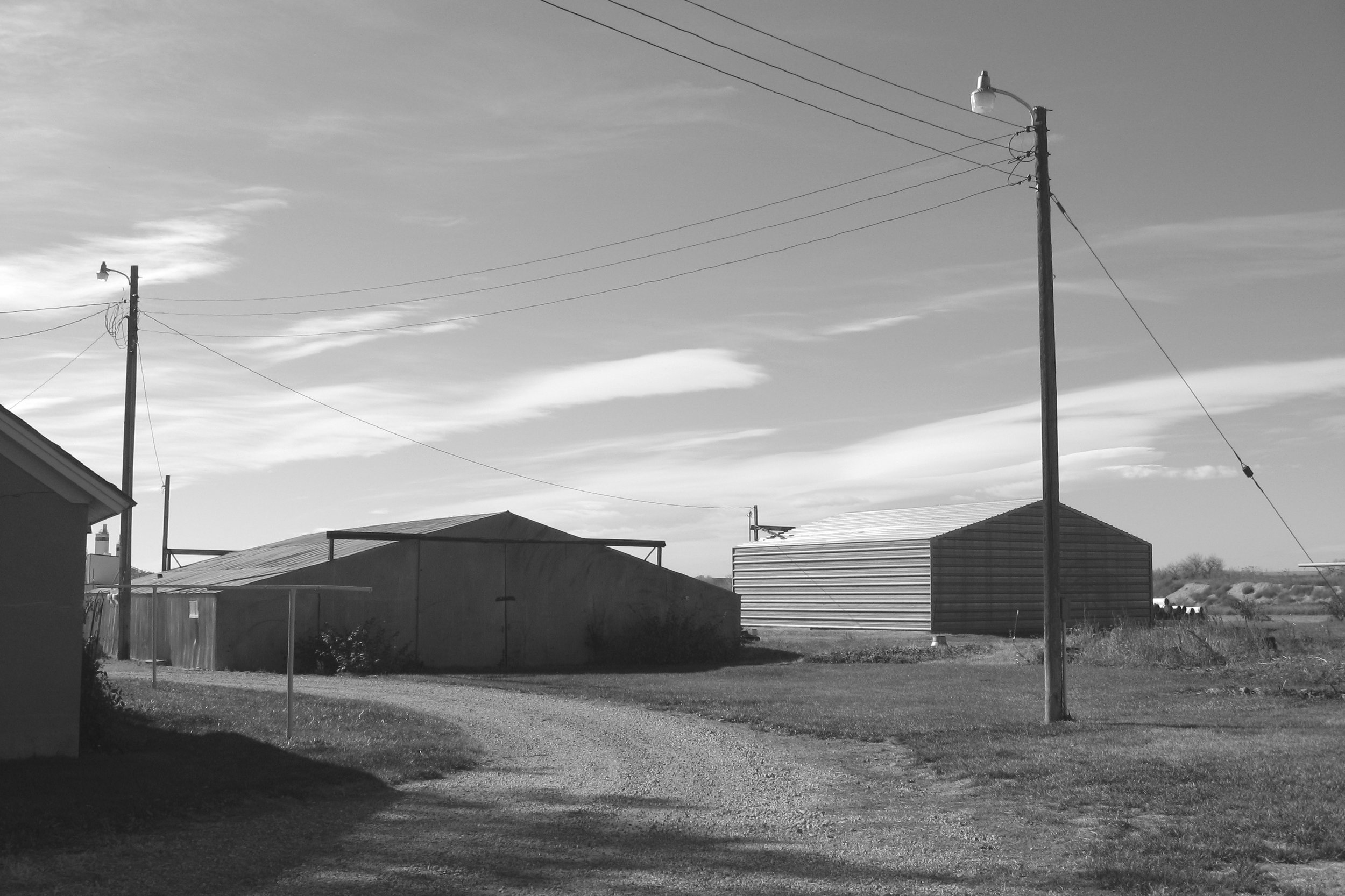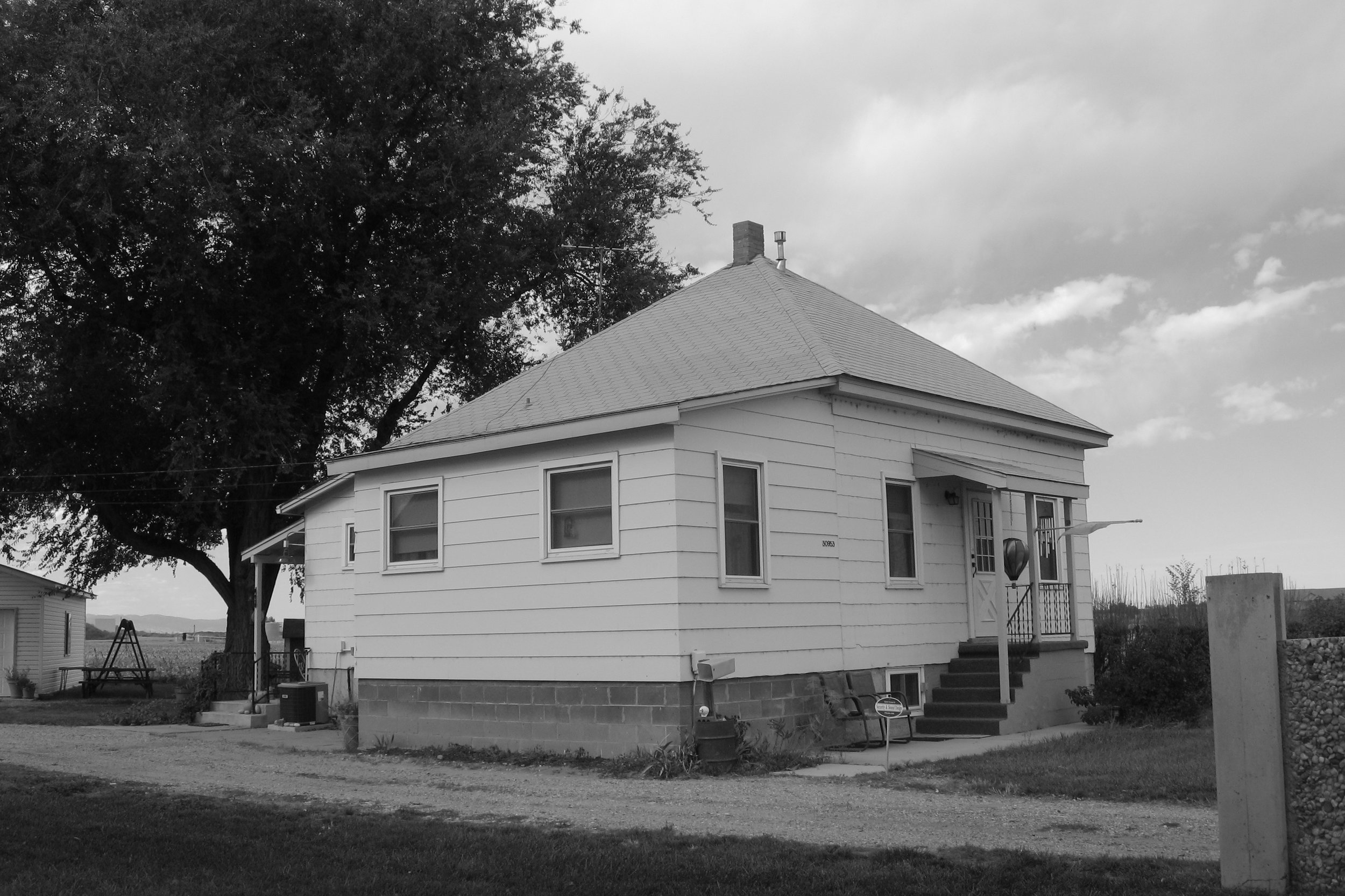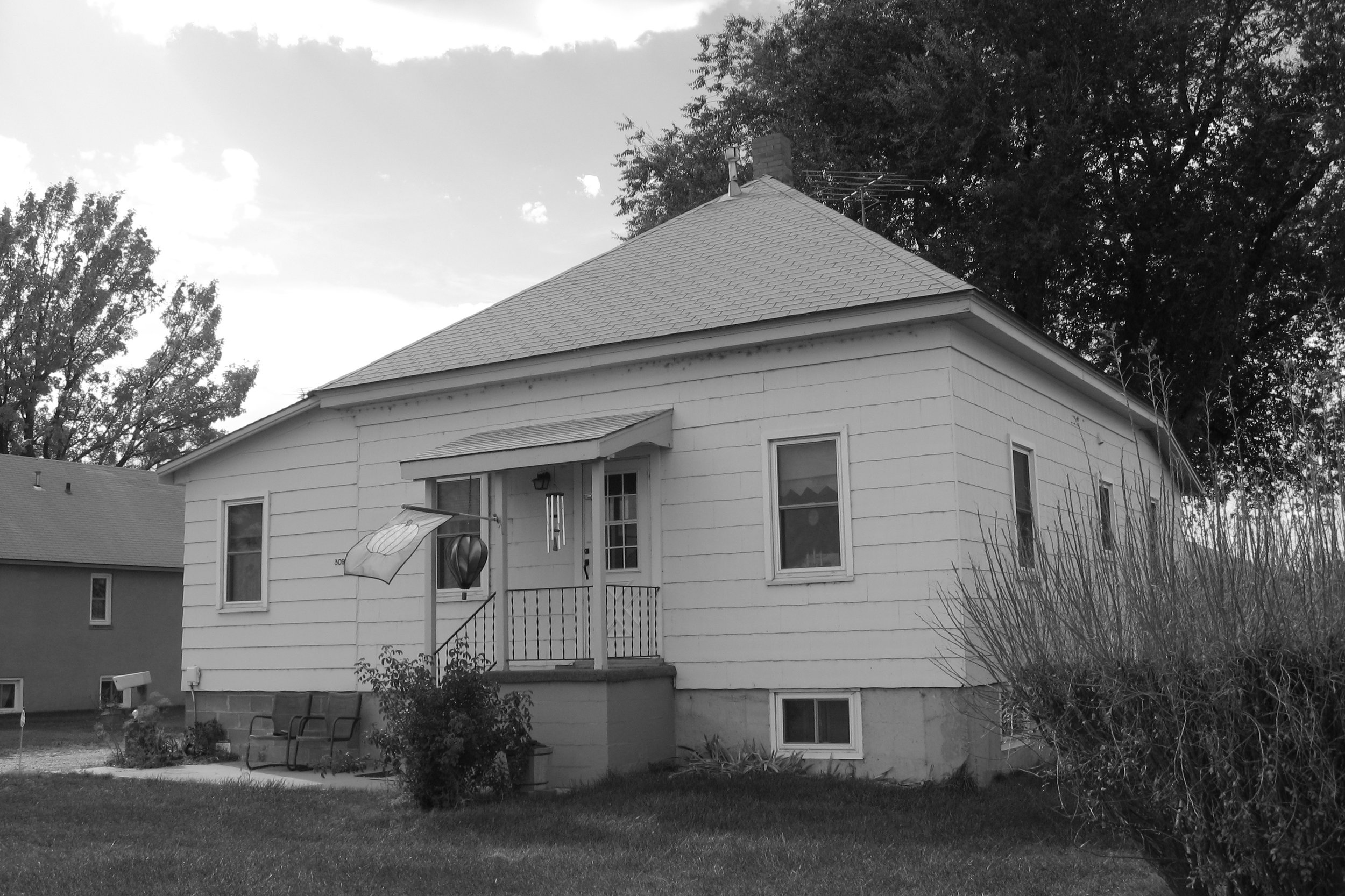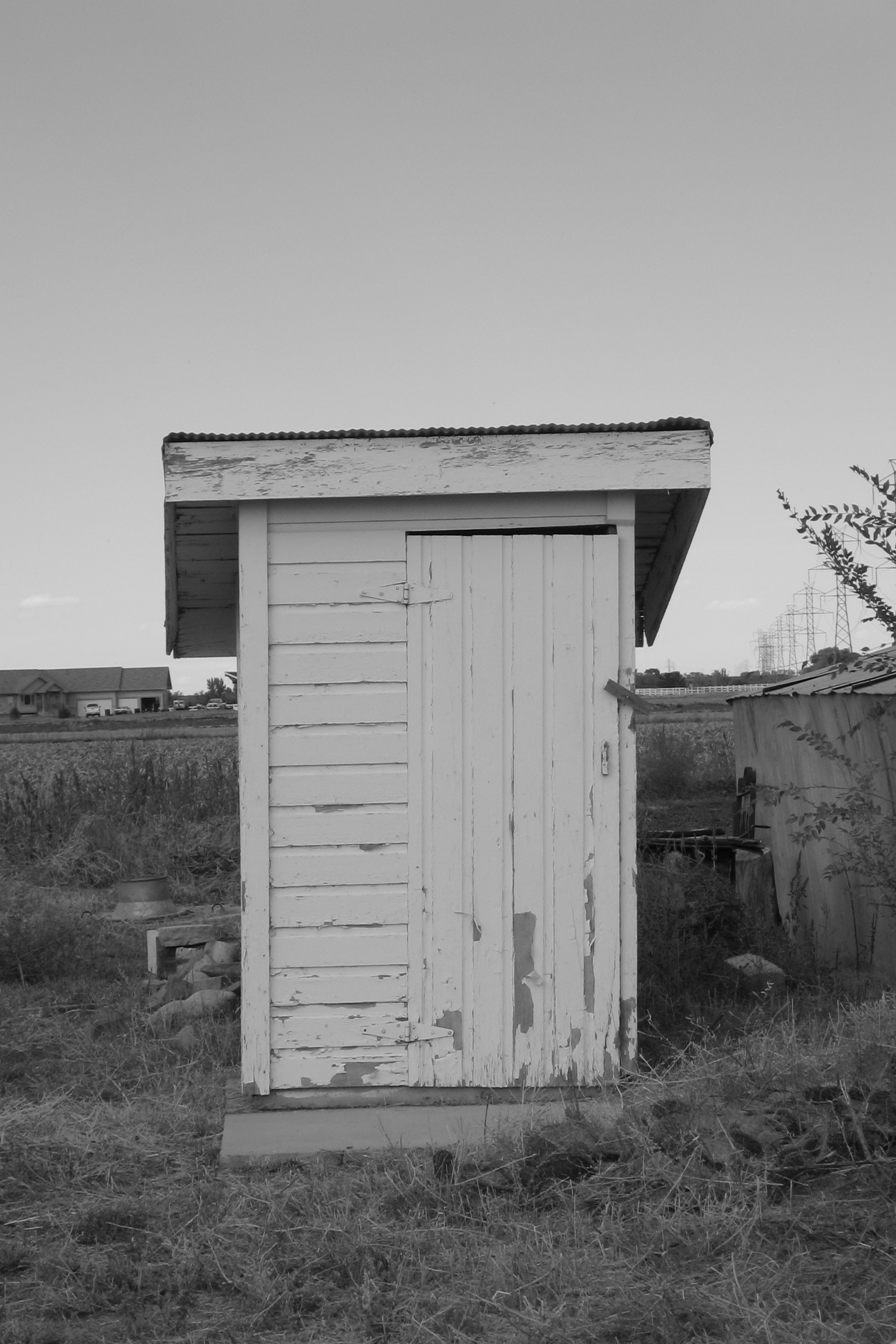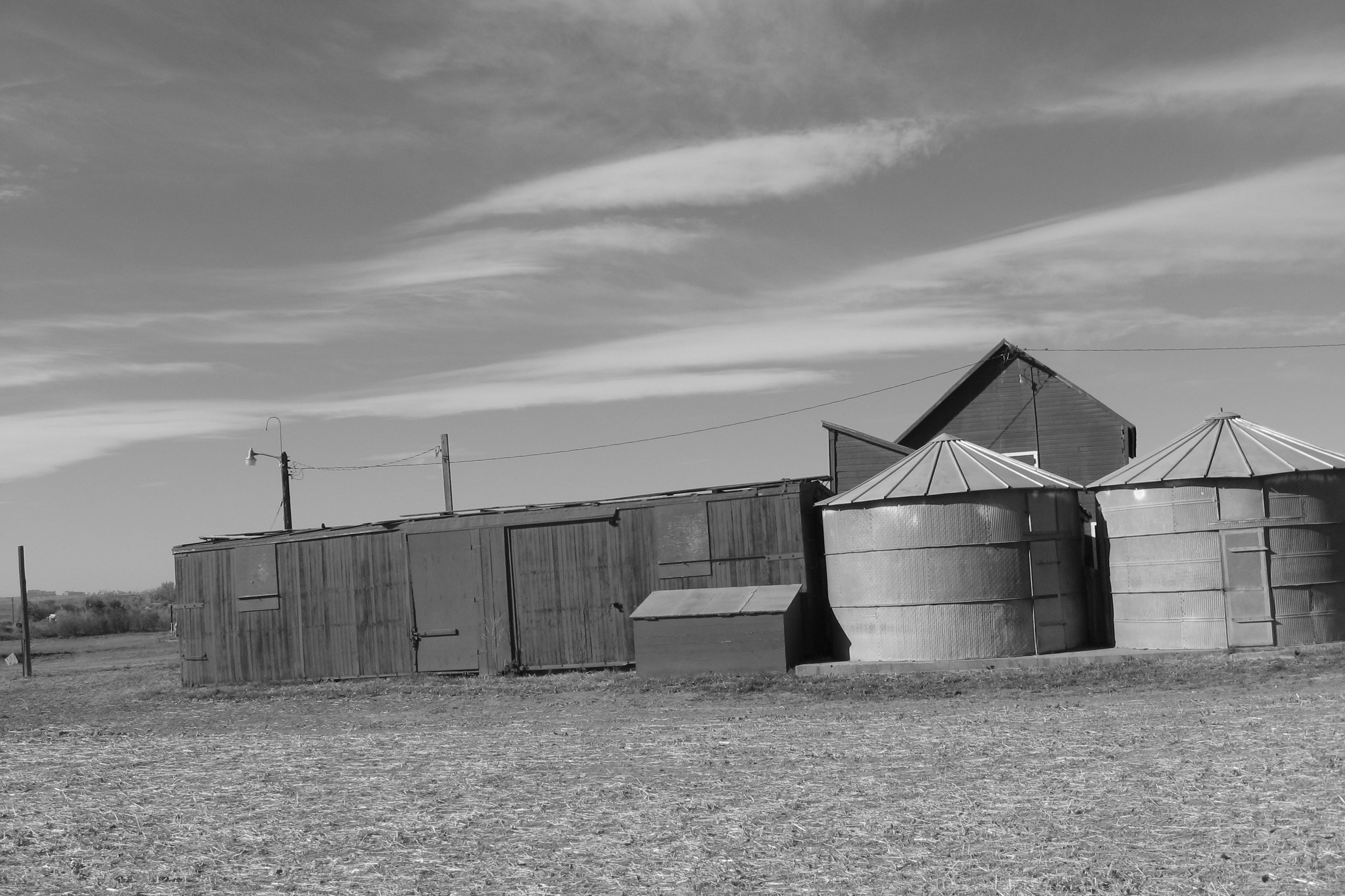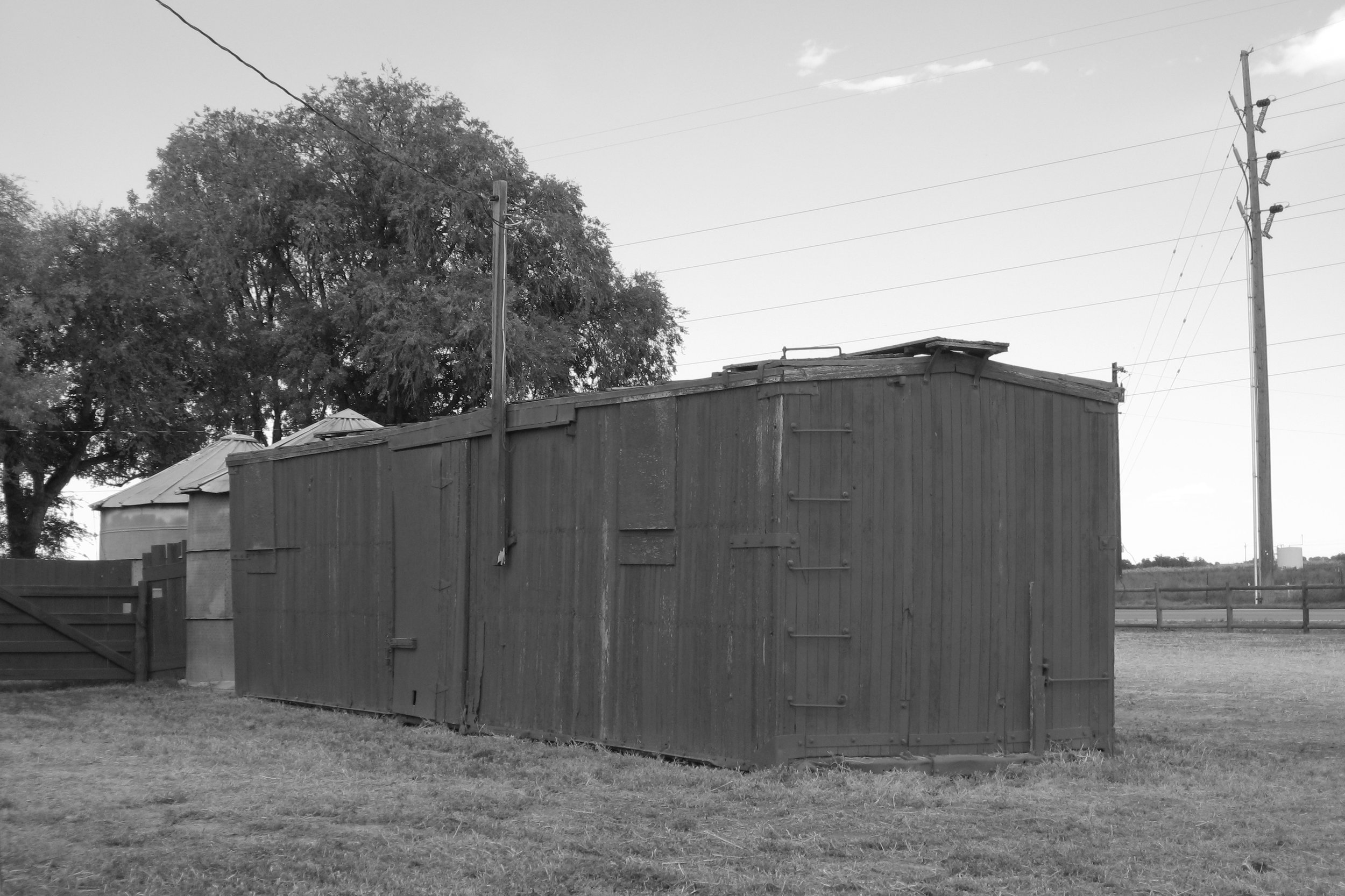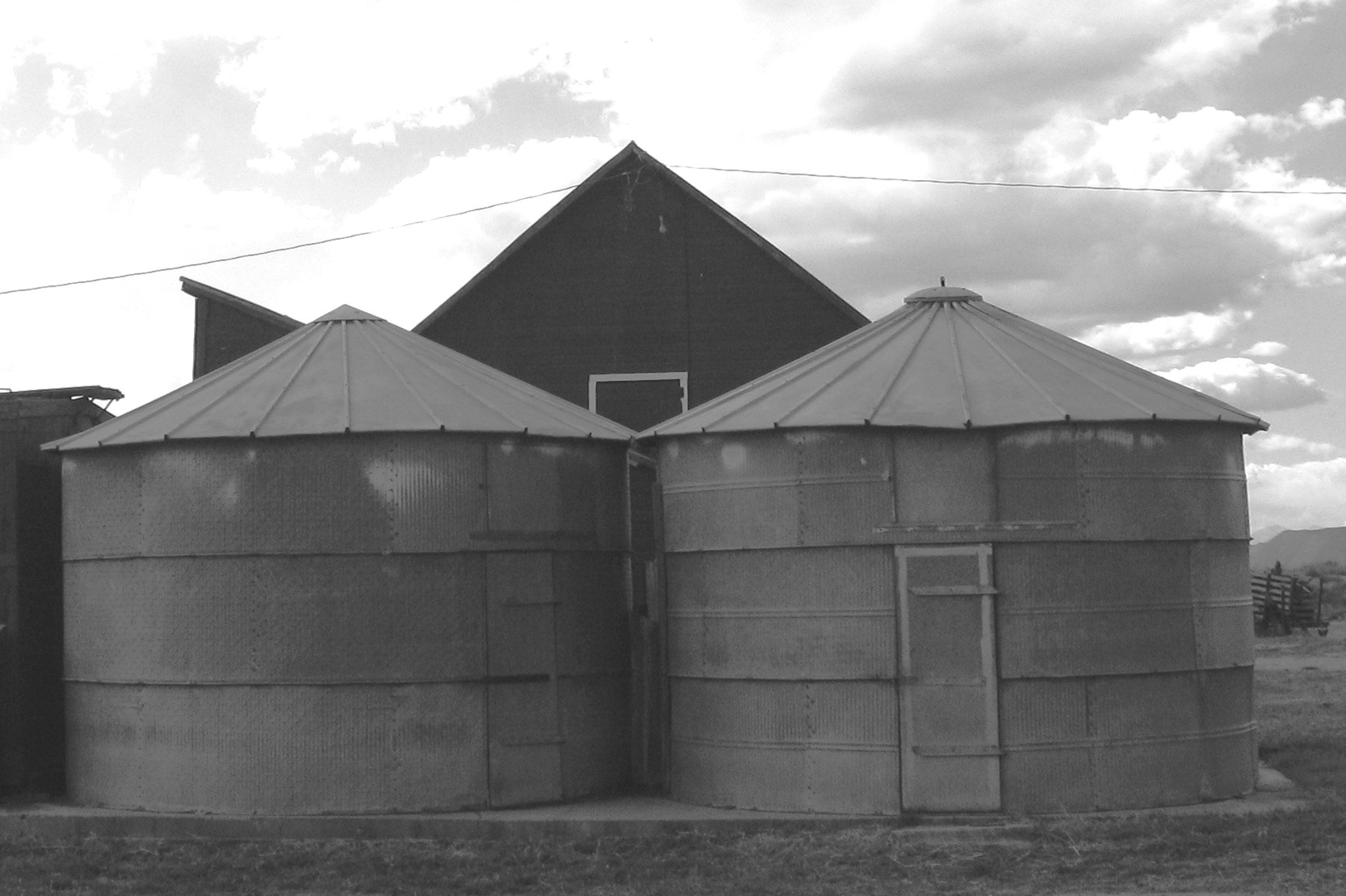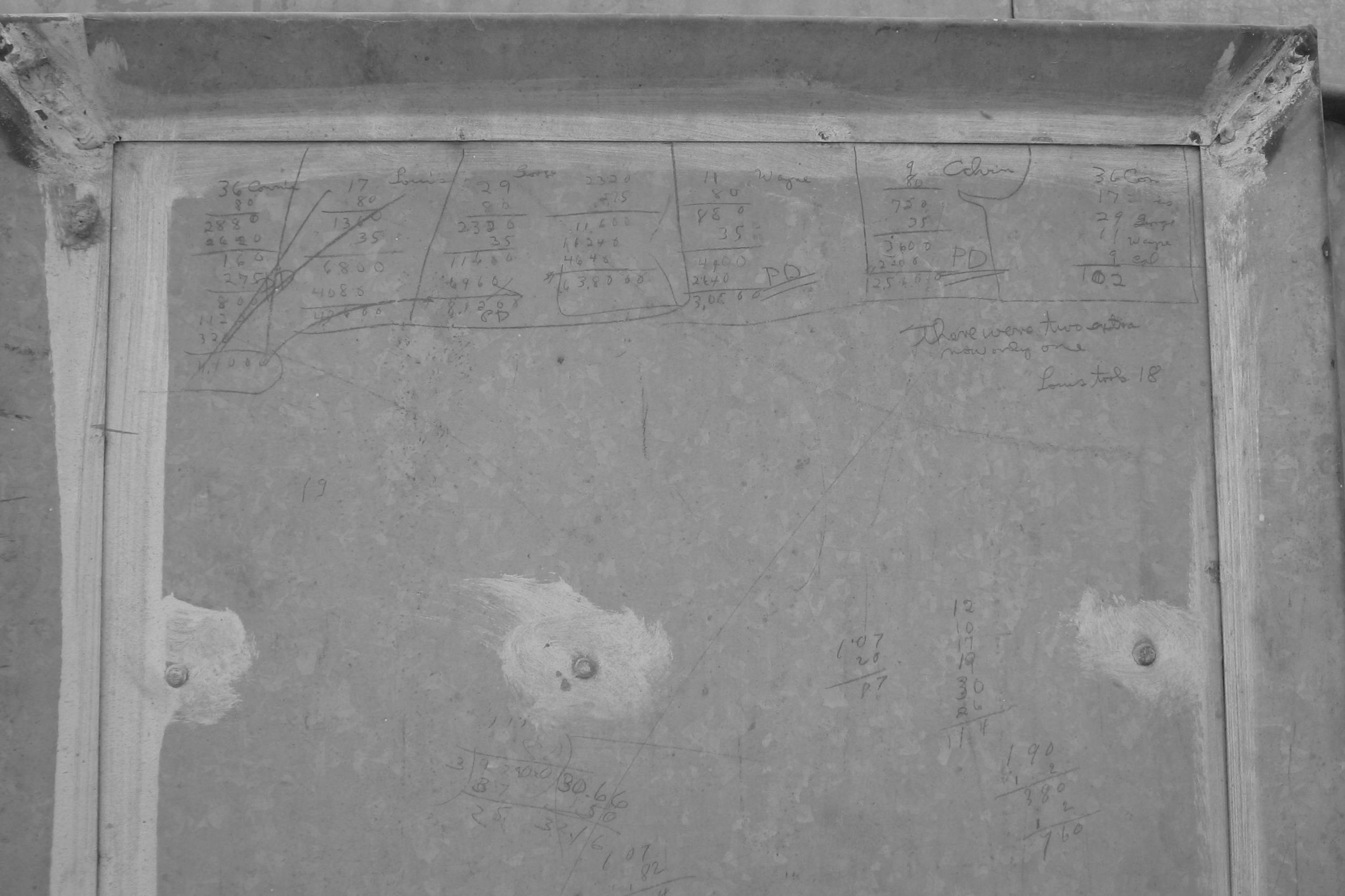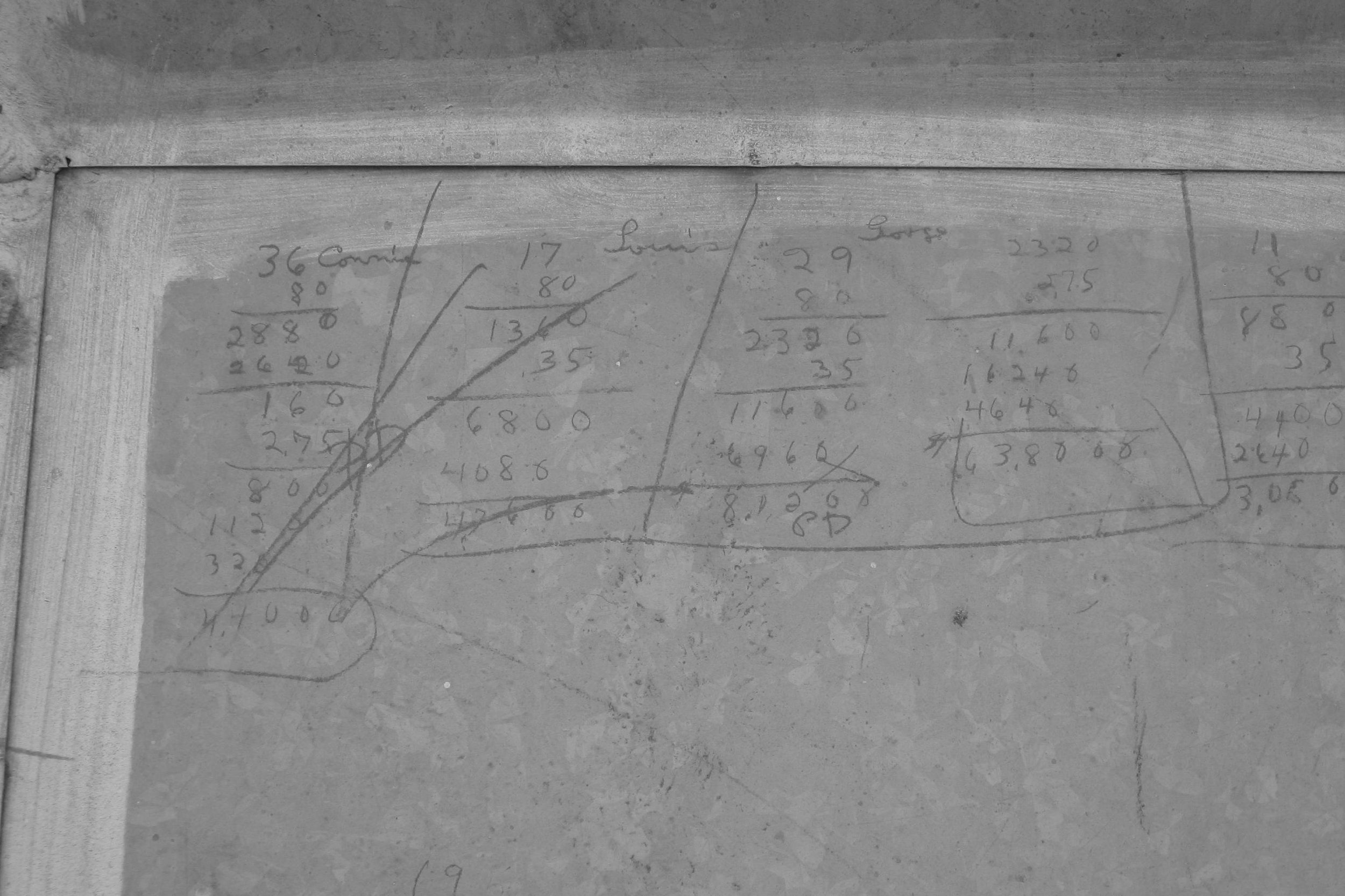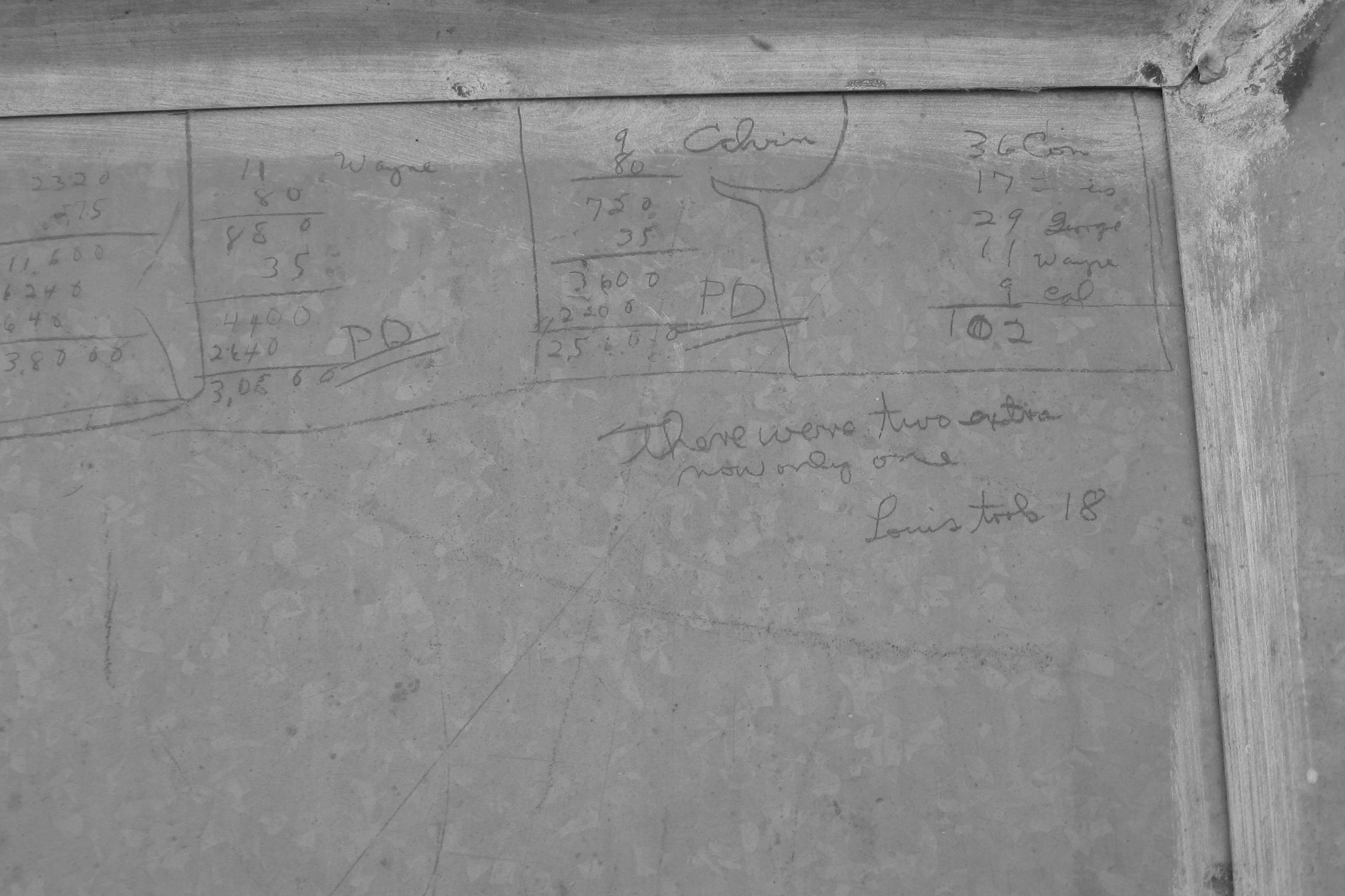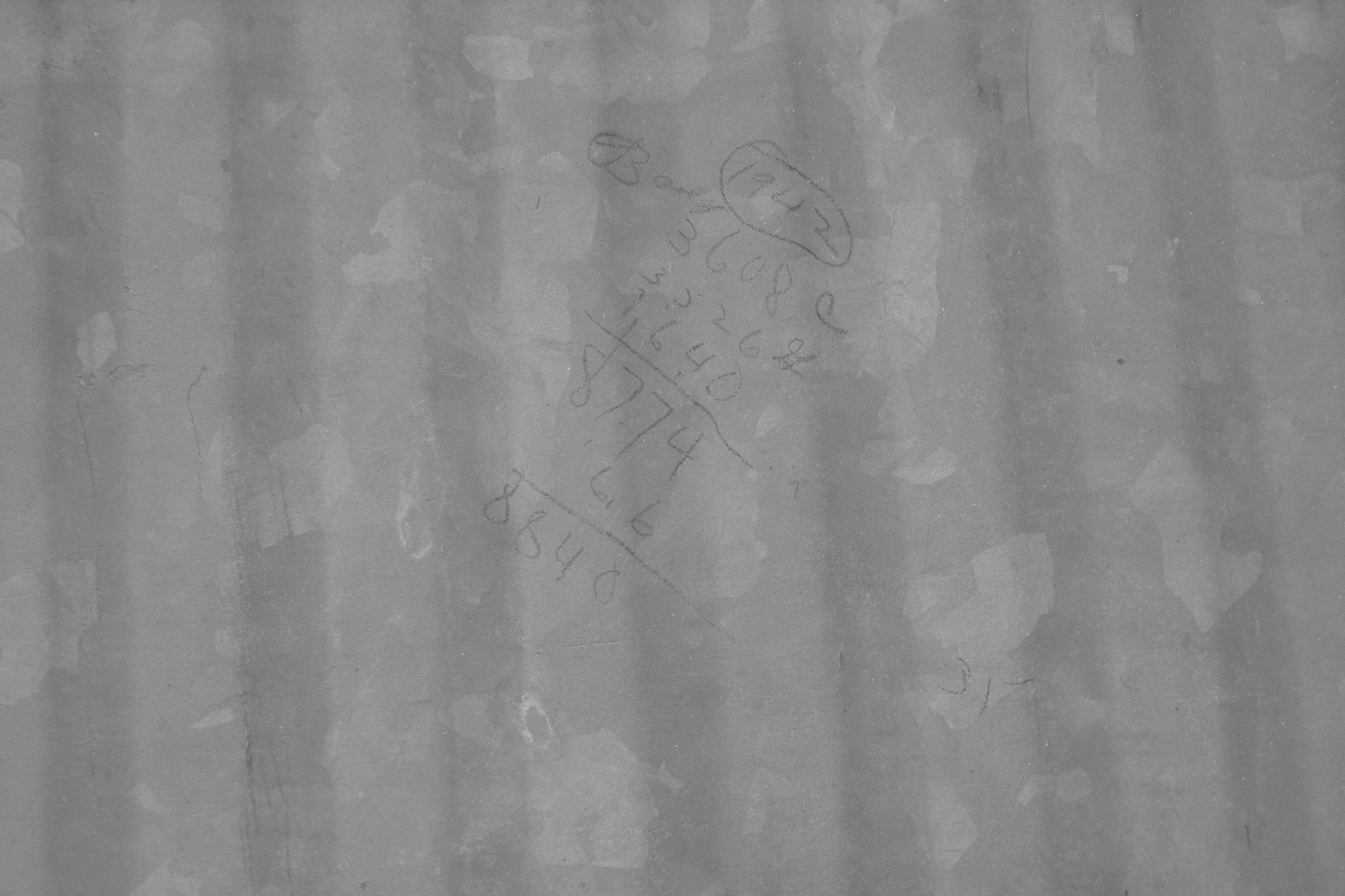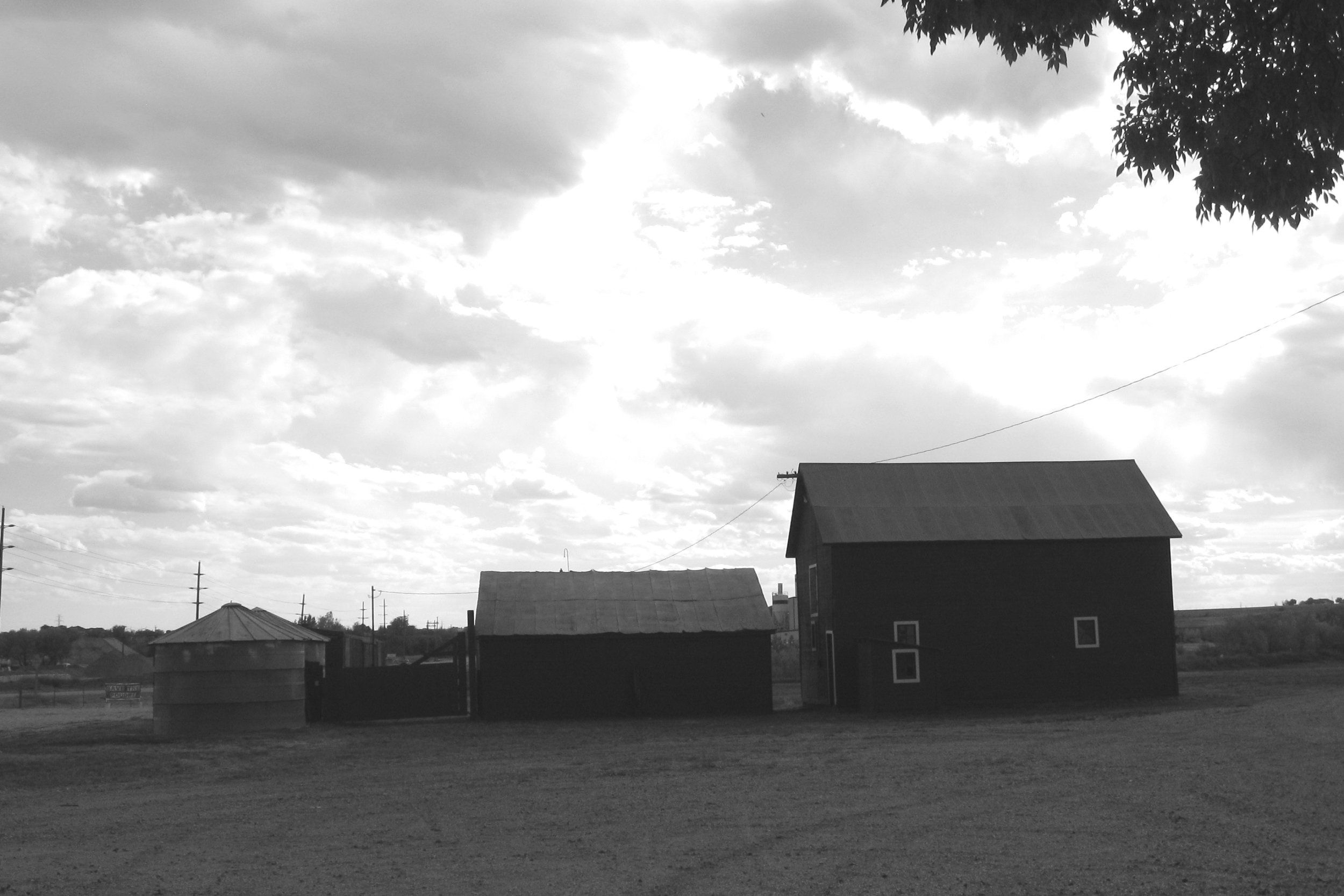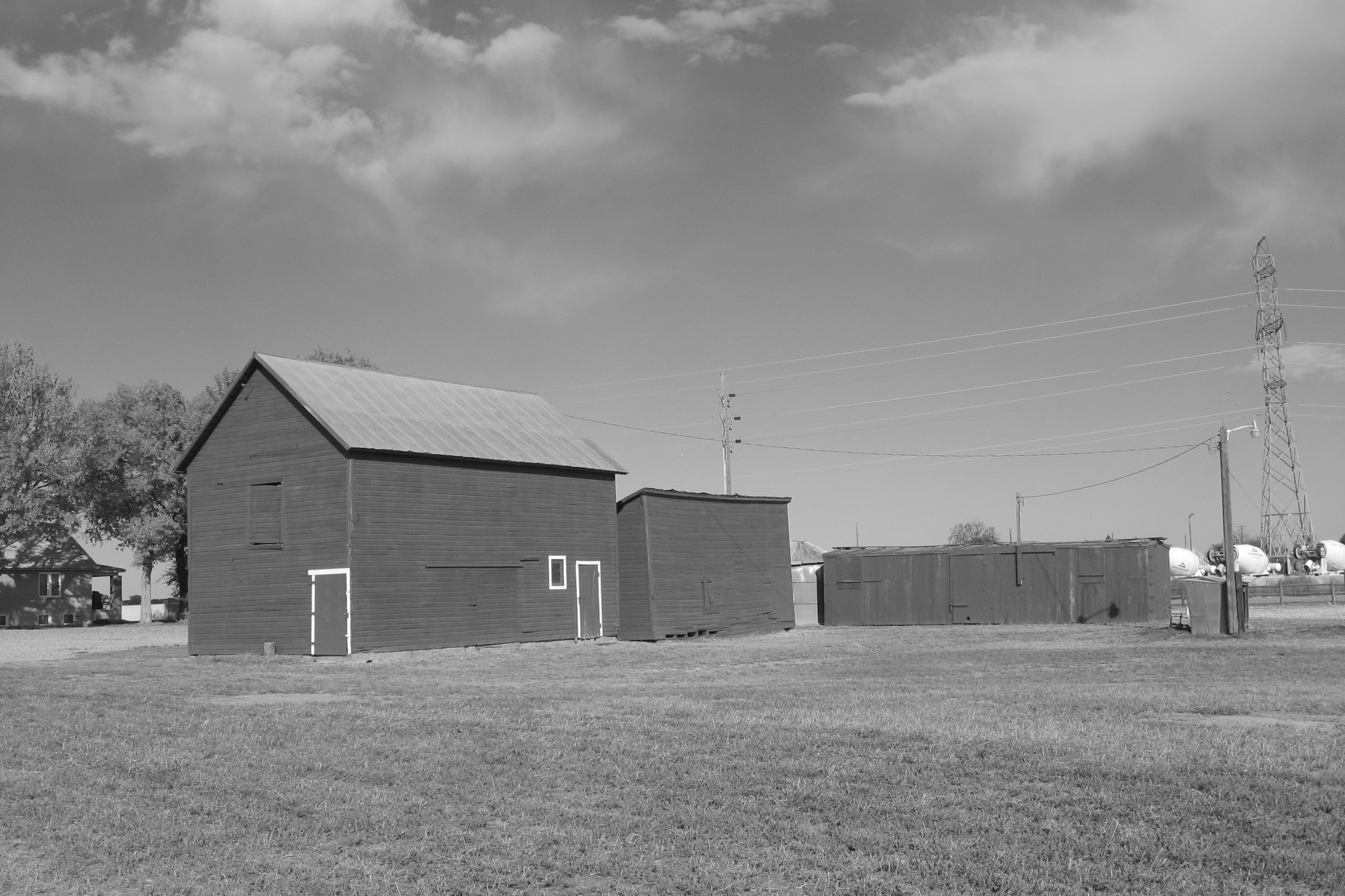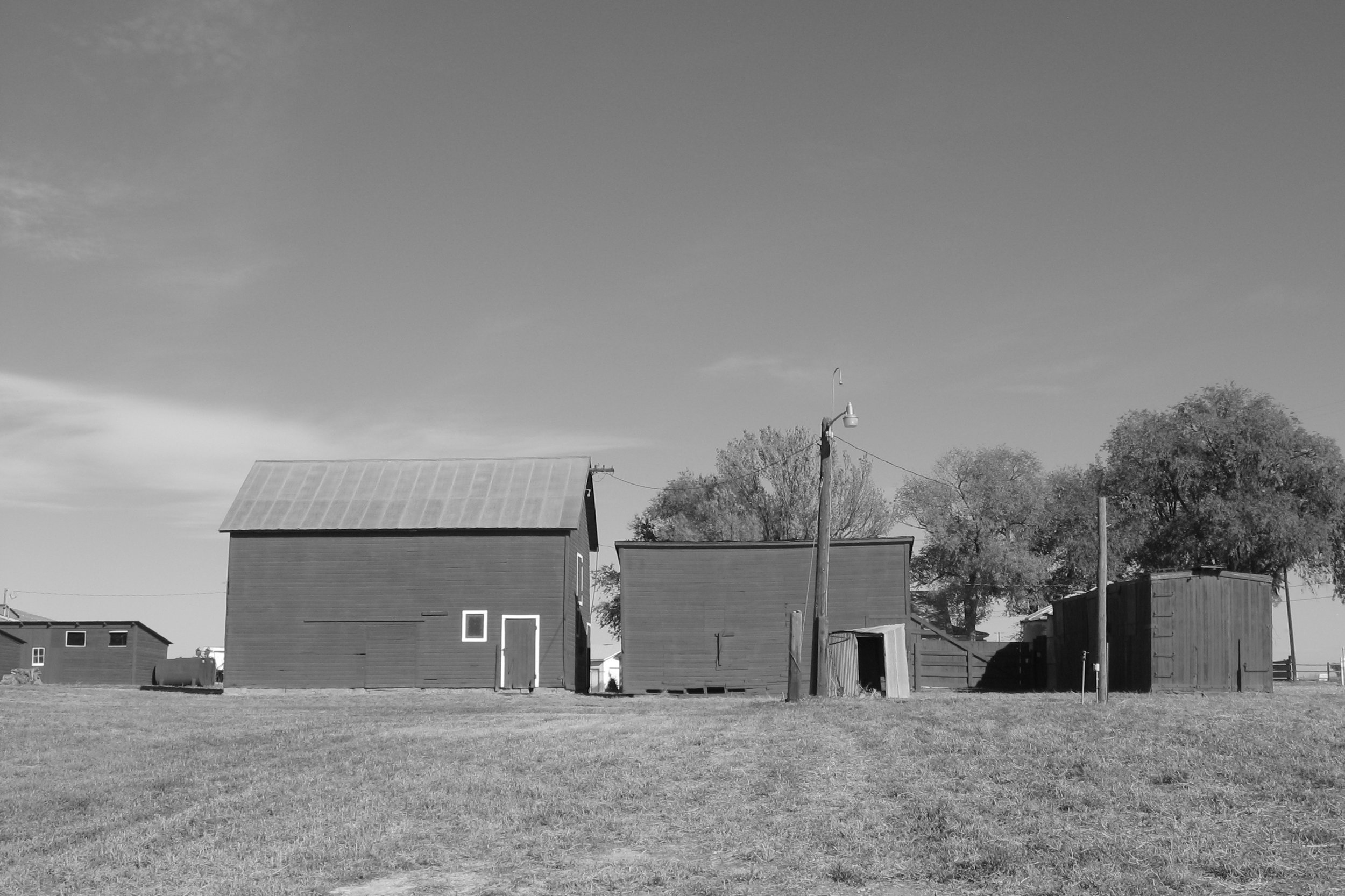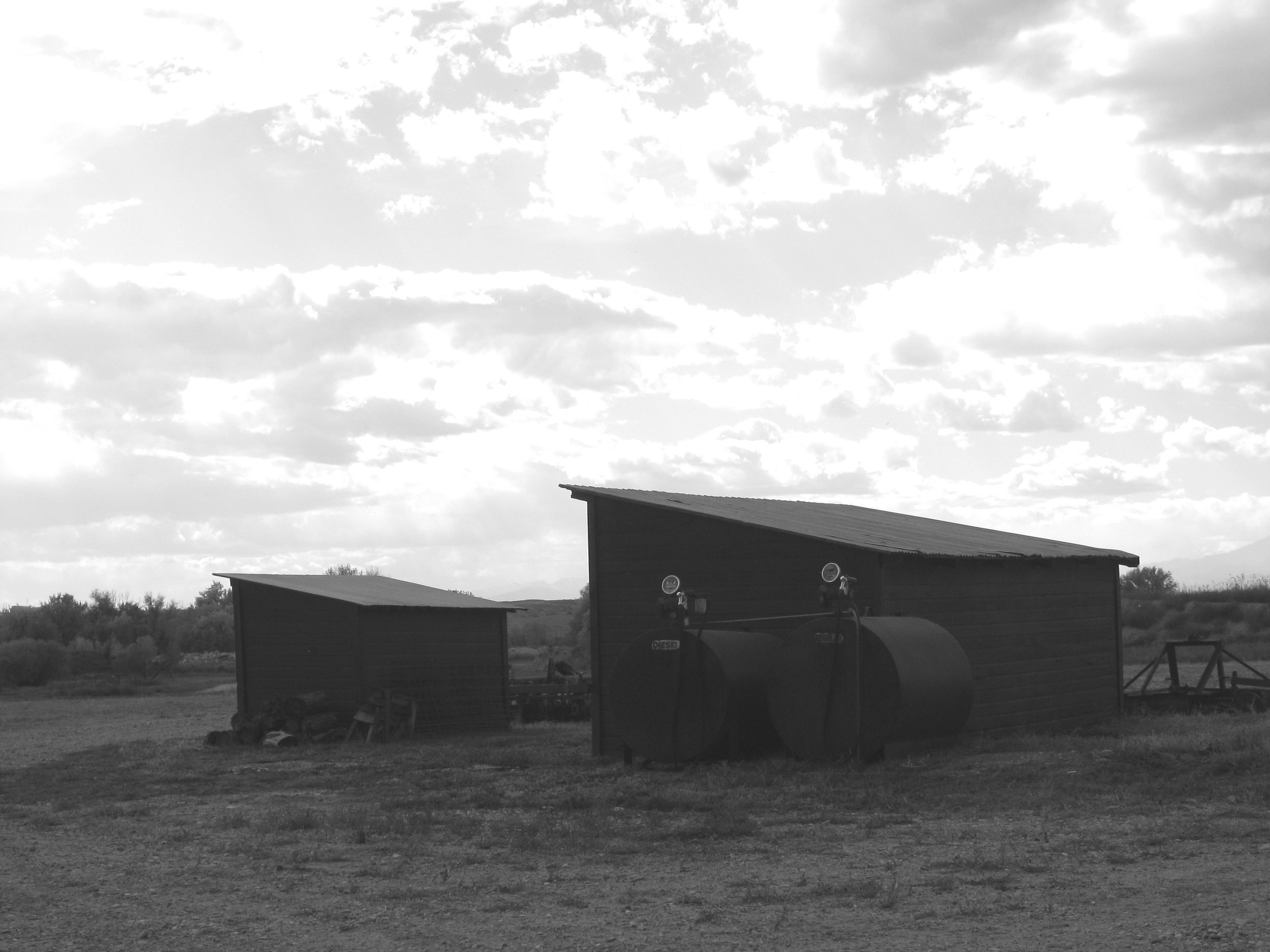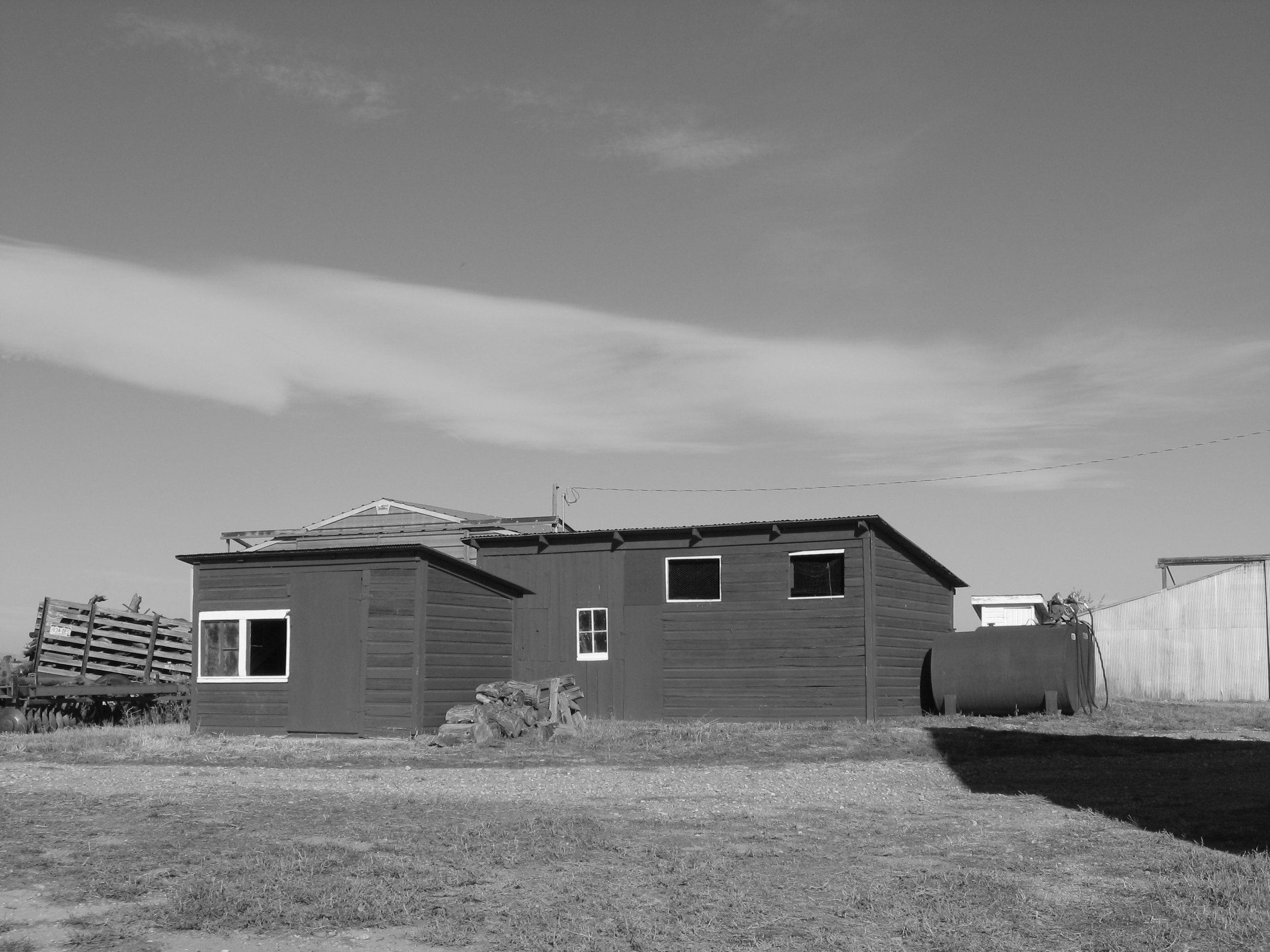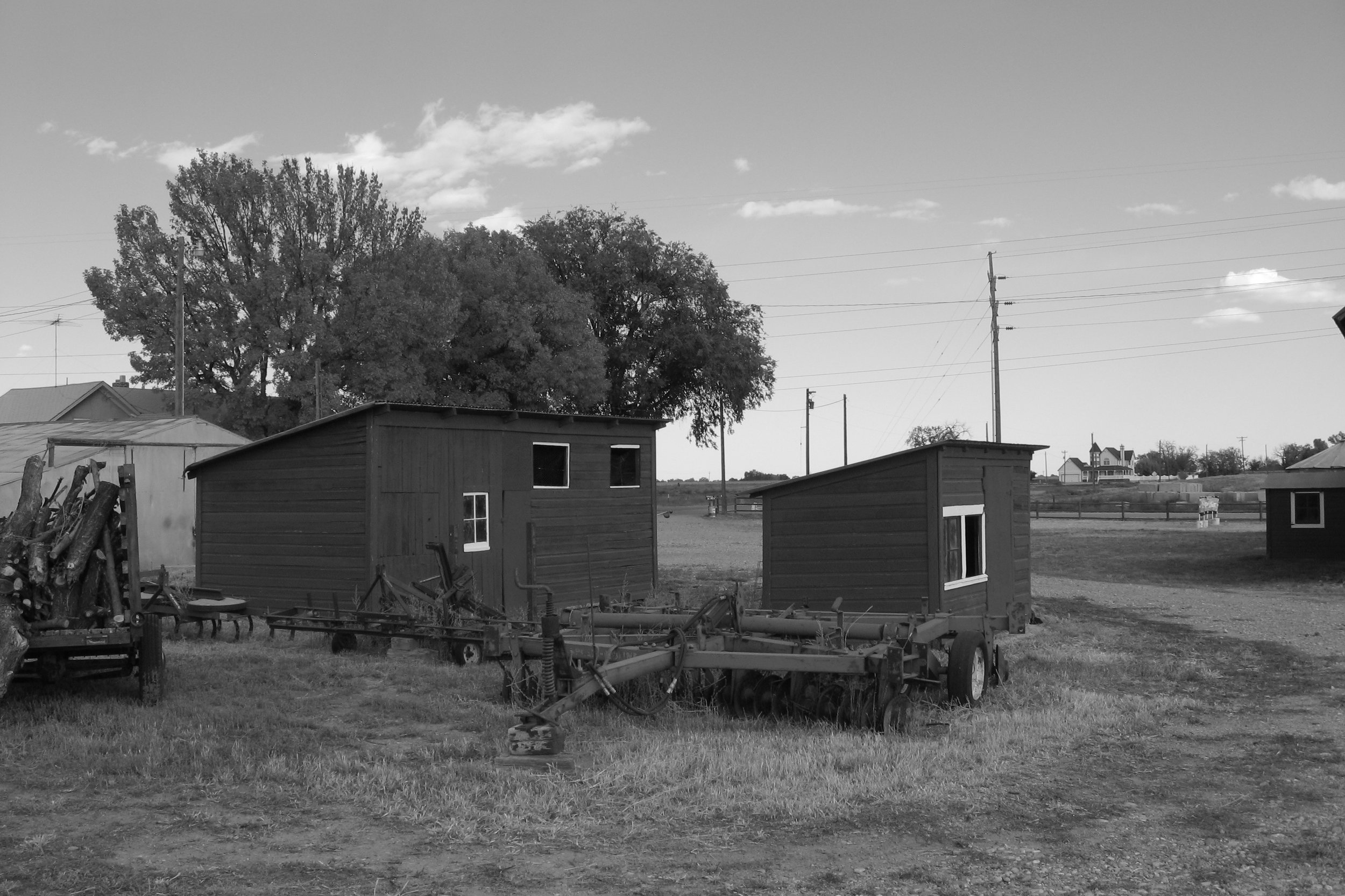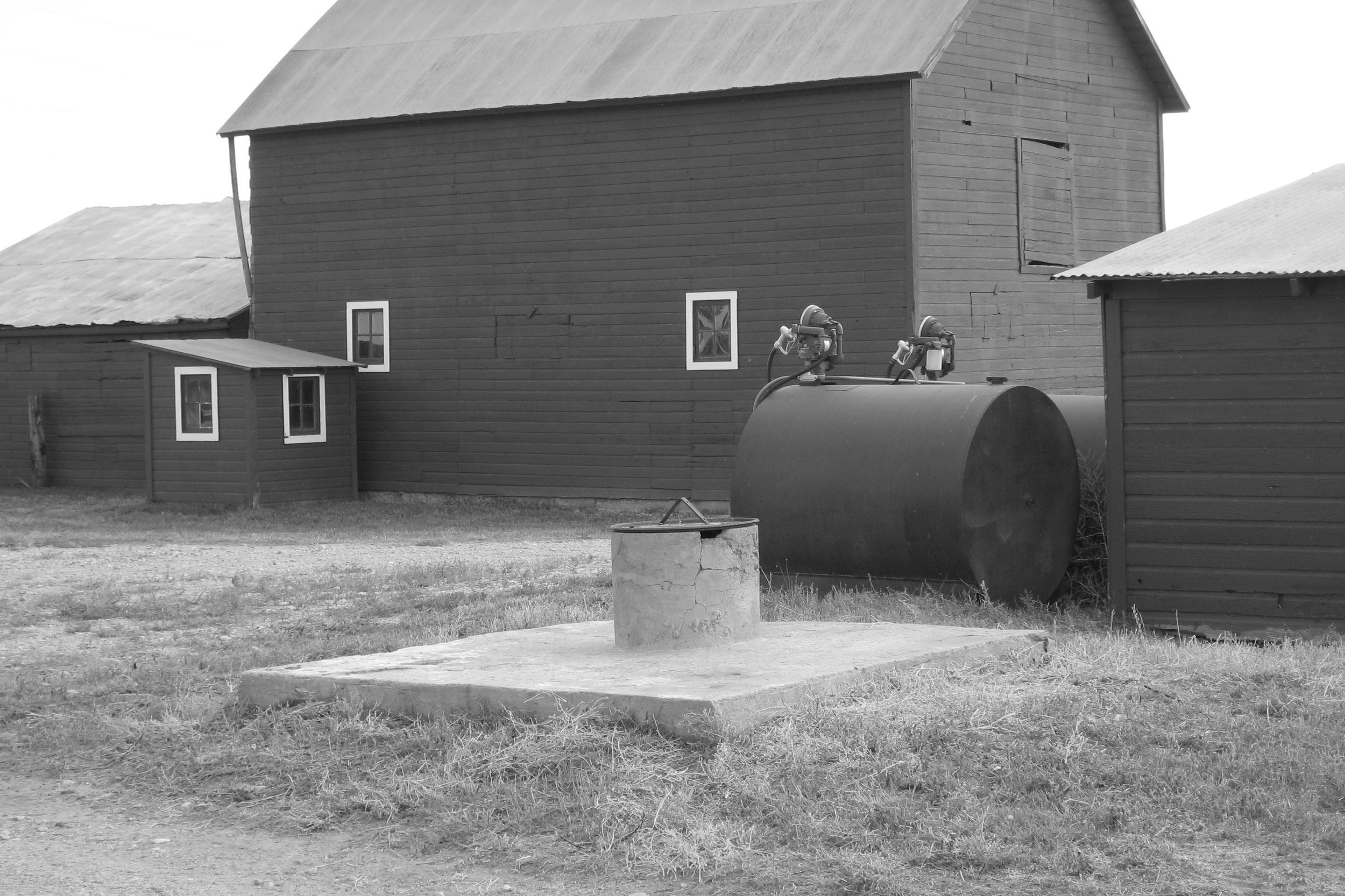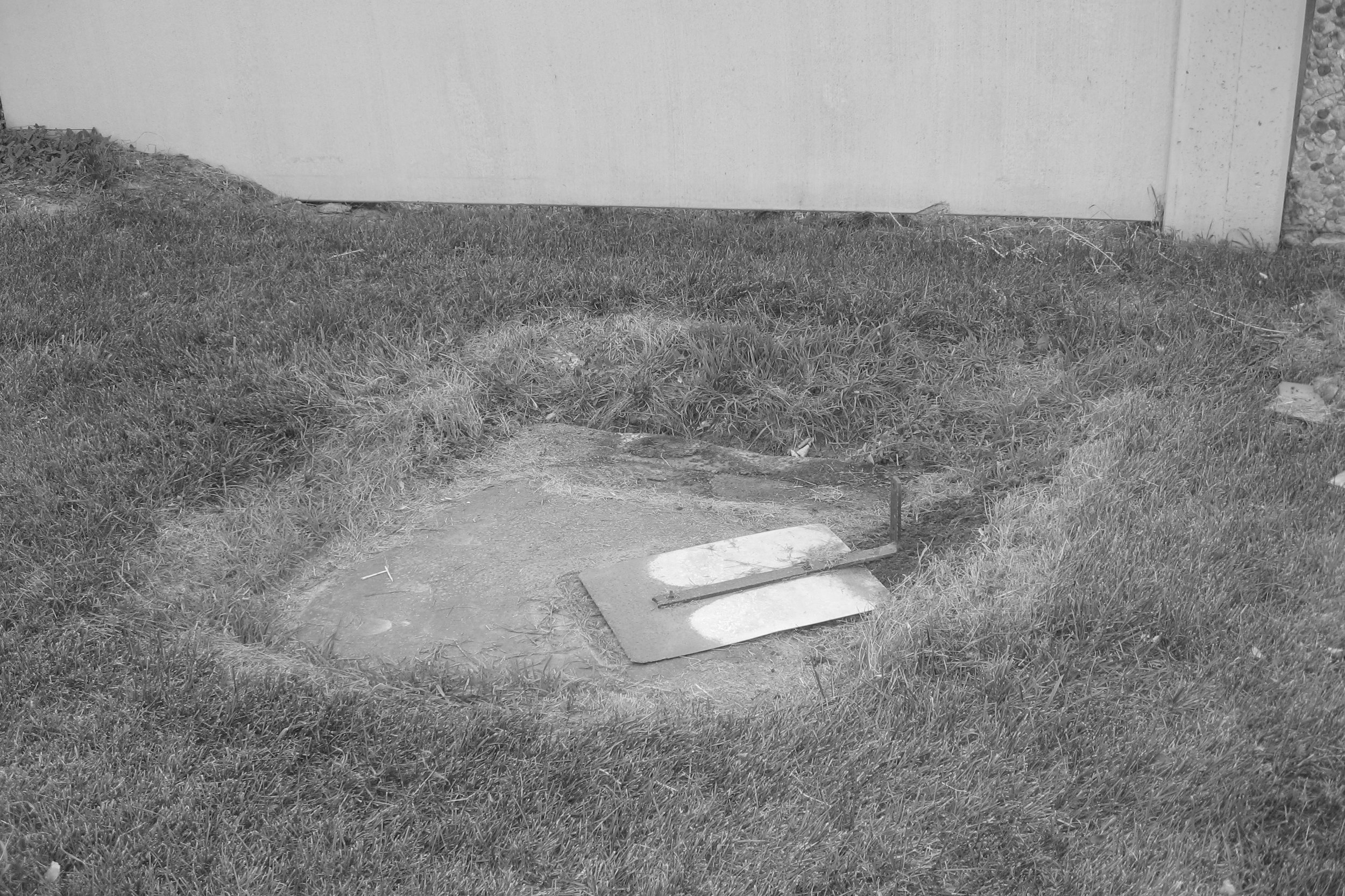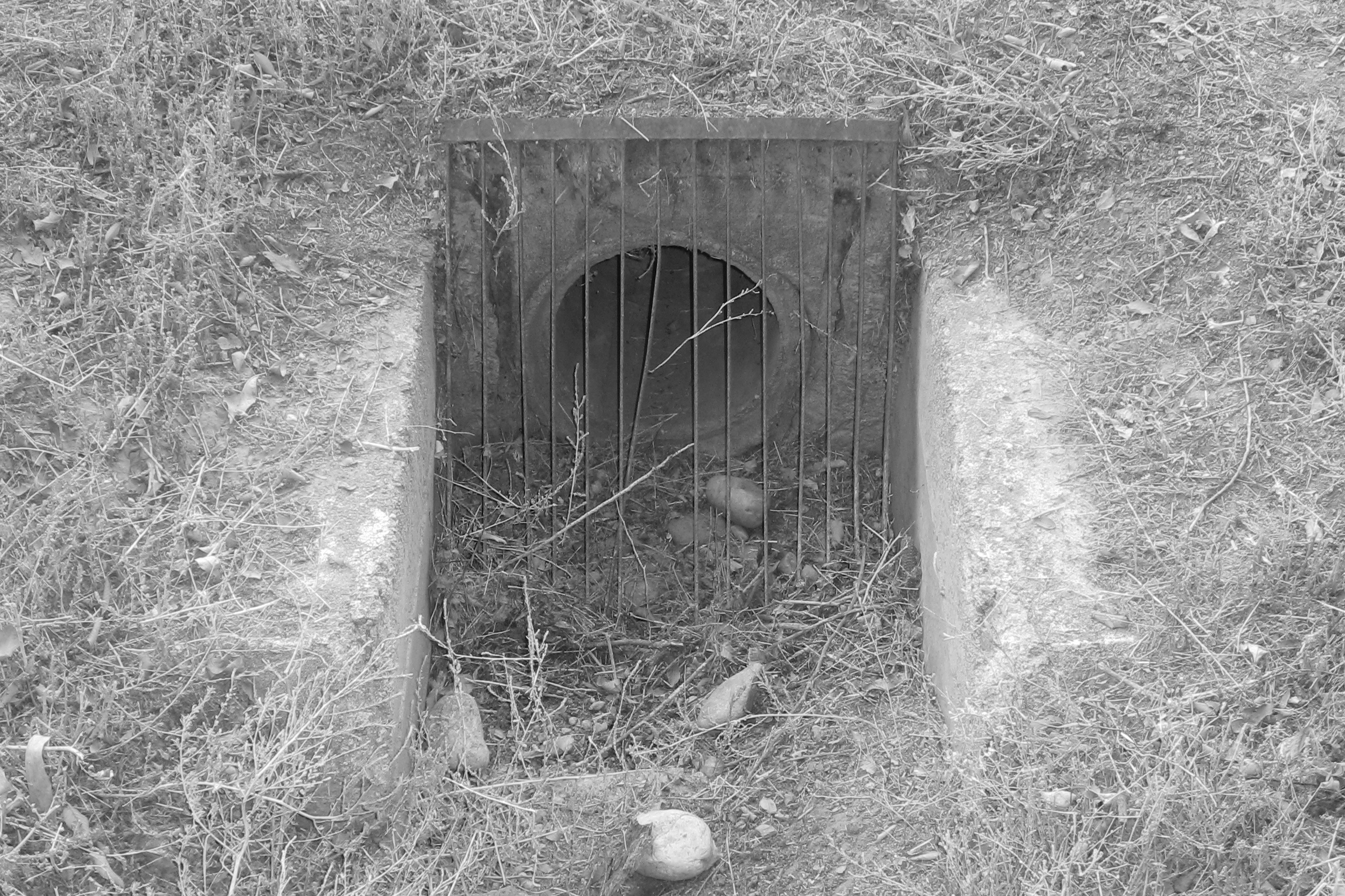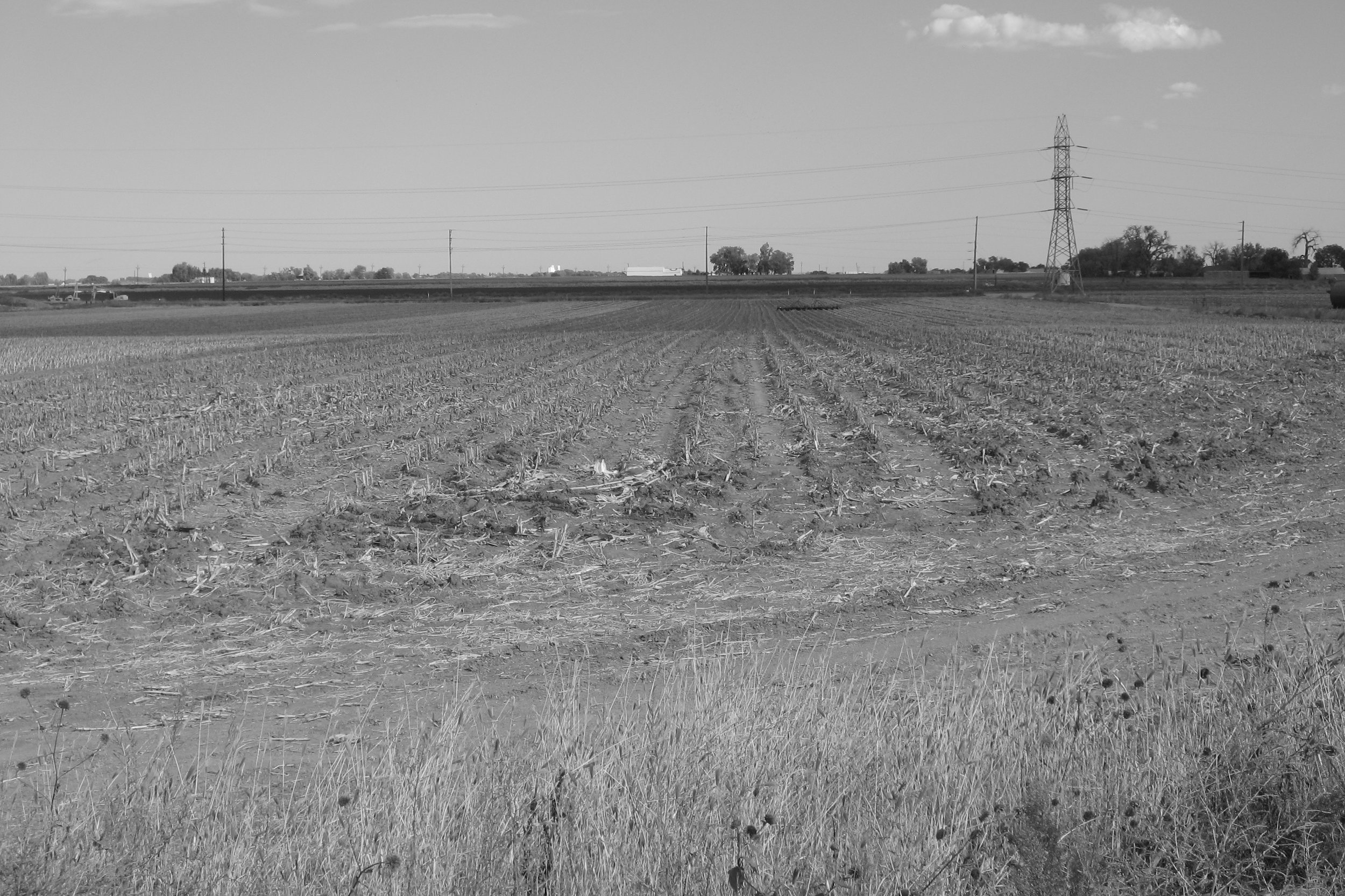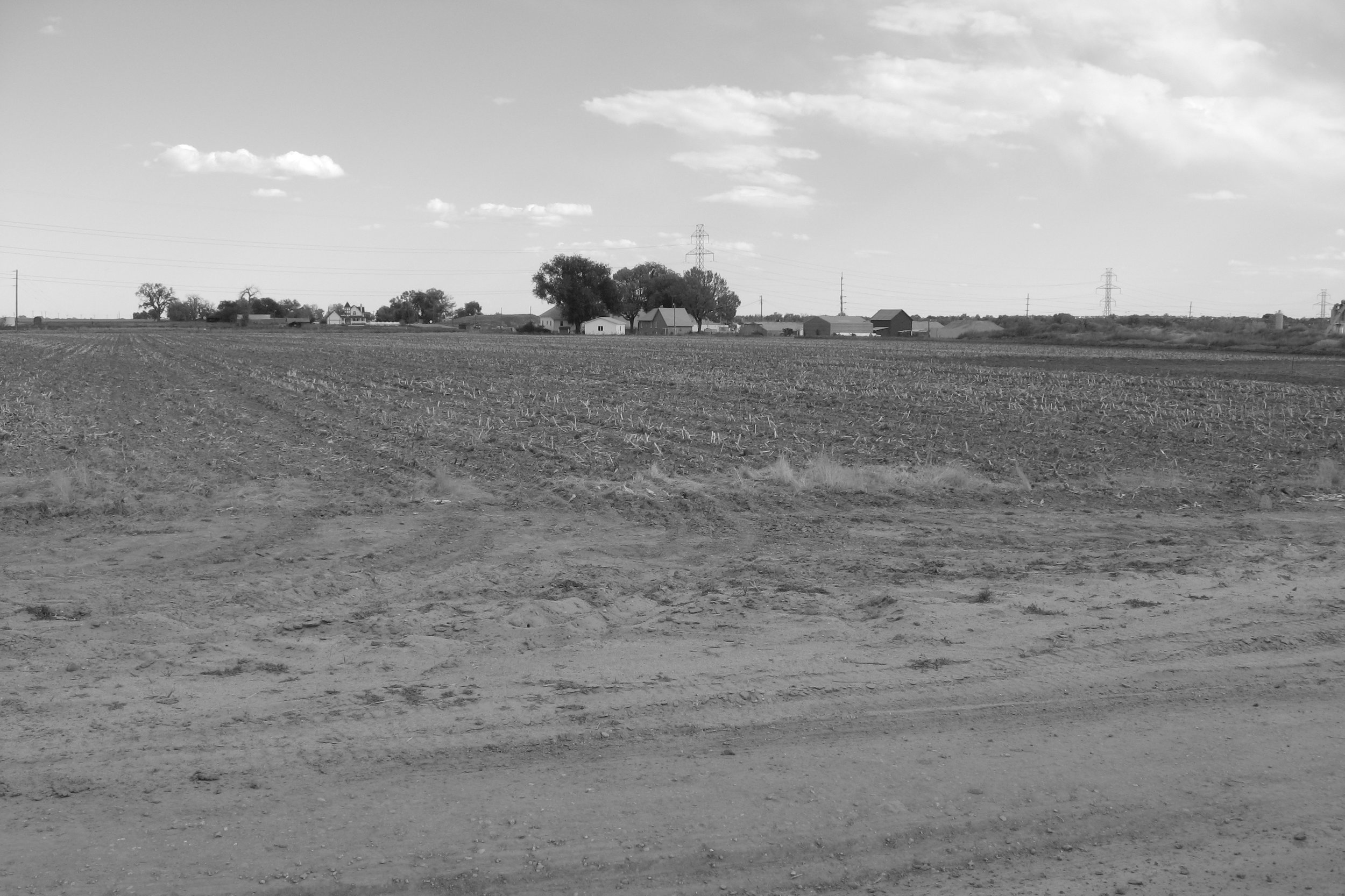Listing on the National Register of Historic Places
Places Worthy of Preservation
The National Register of Historic Places is the official list of the nation's historic places worthy of preservation. Authorized by the National Historic Preservation Act of 1966, the National Park Service's National Register of Historic Places is part of a national program to coordinate and support public and private efforts to identify, evaluate, and protect America's historic and archeological resources.
Listing on the National Register also results in automatic listing on the Colorado State Register of Historic Properties. The farm is also associated with the Historic Farms and Ranches of Weld County. The historic farms and ranches of the county fall into three categories representing the primary farming methods used on the High Plains during the late 19th and early 20th centuries - irrigated farming, dryland farming, and ranching. Von Trotha-Firestien Farm is associated with the historic context of Irrigated Farming in Weld County, 1870-1940.
Irrigated farmland
Criteria for Determining Eligibility
Several criteria are used for determining a property's eligibility for listing on the National Register. Two criteria were applied to Von Trotha-Firestien Farm.
First, the farm is significant under Criterion A in the area of Agriculture for its long association, beginning at the turn of the century, with the development of irrigated farming and livestock feeding in Weld County.
Farmhouse built from silo bricks.
Secondly, Von Trotha-Firestien Farm is significant under Criterion C in the area of Architecture. The architecture and construction techiques represent those employed by farmers with limited means and materials. The medley of vernacular styles and materials reveal the extent to which the area's farmers could make do by recycling building materials, adapting and reusing buildings and structures and applying do-it-yourself techniques that met restricted budgets while adjusting to changing economic and technological circumstances.
The Von Trotha brothers dismantled three clay tile brick silos from other peorpties they owned and utilized the brick for the stucco farmhouse construction. When the need arose for another house, the Von Trotha brothers moved an unused home (the small white farmhouse) from one of their other properties to this farm. In the 1940s, the Von Trotha brothers purchased a surplus railroad boxcar and adapted it for storage.
The buildings and structures of the Von Trotha-Firestien Farm directly correlate to the states of technological and economic development of agriculture in northeastern Colorado, the most important being irrigation and sugar beet cultivation, both critical to the development of Greeley and Weld County.
Nomination Process
There is a several month process involved with nominating a property for listing on the National Register of Historic Places. The first step is to contact the Office of Archaeology and Historic Preservation (OAHP) at the Colorado Historical Society to find out what might already be known about a given property. The next step is to complete a Preliminary Property Evaluation Form and submit this to the Colorado Historical Society. From the information provided on this form, the Historical Society will determine whether the property might be eligible for listing. If the property is determined to be eligible, the next step is to obtain the nomination materials.
Before completing the nomination form, historical research must be done on the property. Recording the sources for this information is an important part of this research. The next steps are to complete the nomination form and submit photographs.
The nomination form for Von Trotha-Firestien Farm was 56 pages long. Much of the information that you will find on this website was part of the nomination form. There are two main sections to the form. The first is a description of each of the buildings on the farm with details on how the buildings were used in the past as well as their current uses. Information on architecture and building materials must also be provided. Each of the historic buildings are considered a "contributing resource". The farm's nomination form was lengthy due to the many black and white photographs that were required to be taken and submitted. Each of the 21 buildings and structures considered contributing resources had to be photographed from two different angles and these photographs submitted with the nomination form. The photos in the slide show below were the photos submitted with the nomination.
The second main part of the nomination form is the historical background. Information listed here included a history of the land and its early owners, details on sugar beet production and irrigated farming and historical information on the Von Trotha and Firestien families and their contributions to agriculture and the community.
There are nomination submission deadlines throughout the year. The farm's nomination form was submitted in December of 2008. After submission, additional information may be requested from the Colorado Historical Society for refining of the nomination.
The next step in the process is to attend the State Review Board meeting. At this meeting, the property is presented to the Board by a member of the Colorado Historical Society. The Board is able to ask questions of the person presenting as well as the property owners, if they are in attendance. The nomination for the farm was considered at the February 2009 meeting.
After approval by the State Review Board, the nomination is then sent to Washington, D.C. to the Keeper of the National Register, where it is posted for 45 days. Finally, notice of listing on the National Register is forwarded to the Colorado Historical Society and to the property owners. Von Trotha-Firestien Farm at Bracewell was officially listed on the National Register of Historic Places by the United States Department of the Interior on May 12, 2009.
